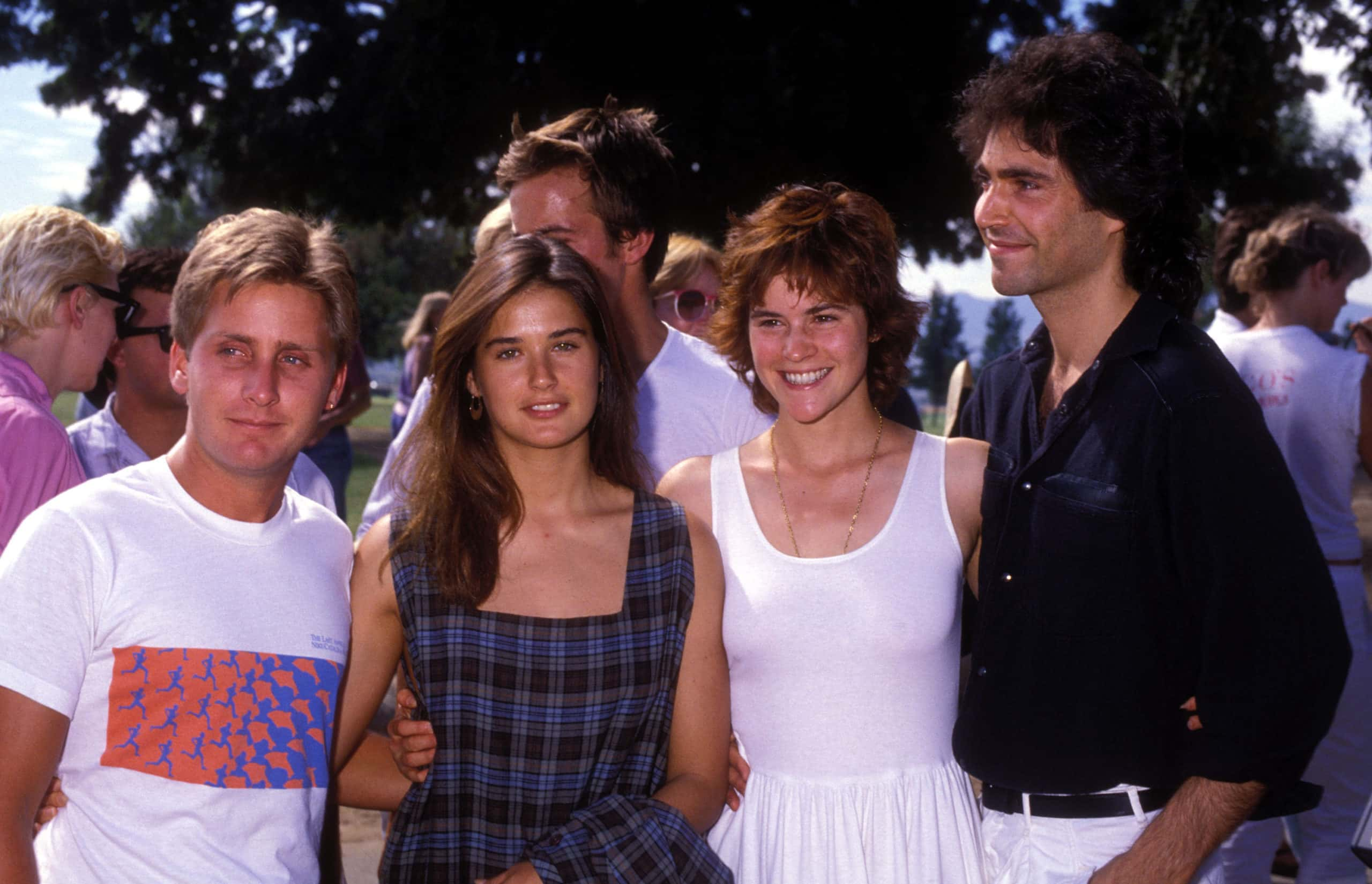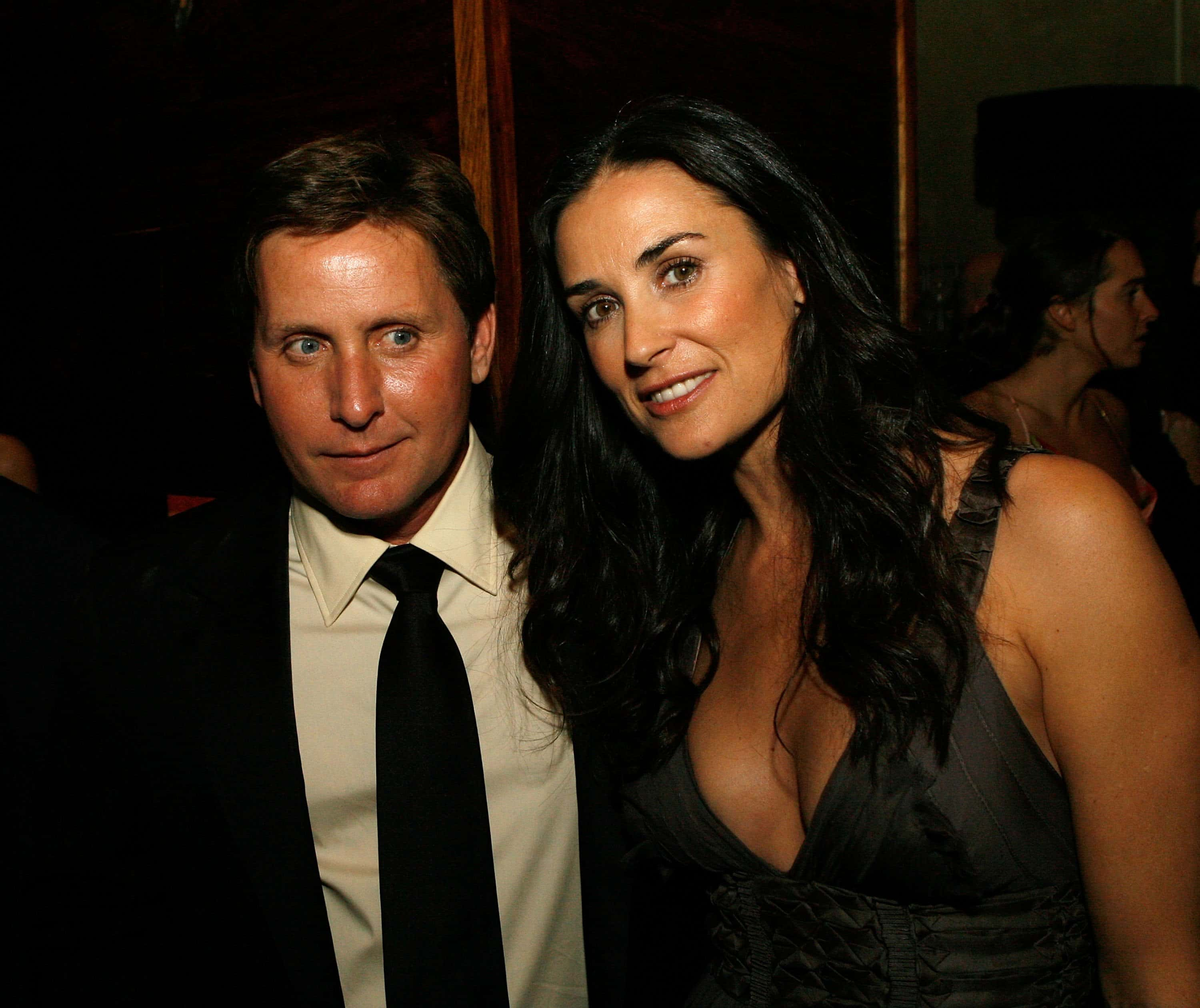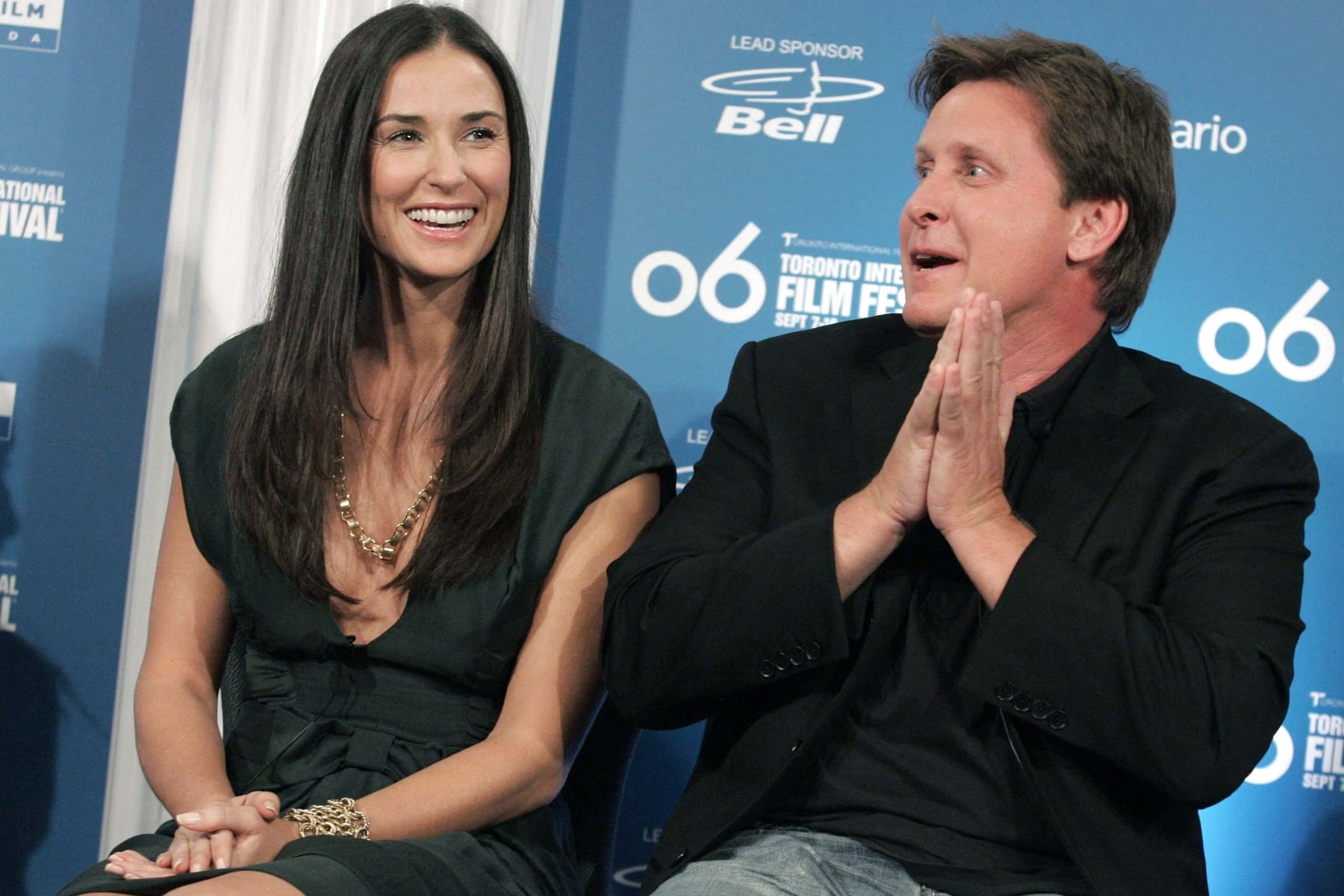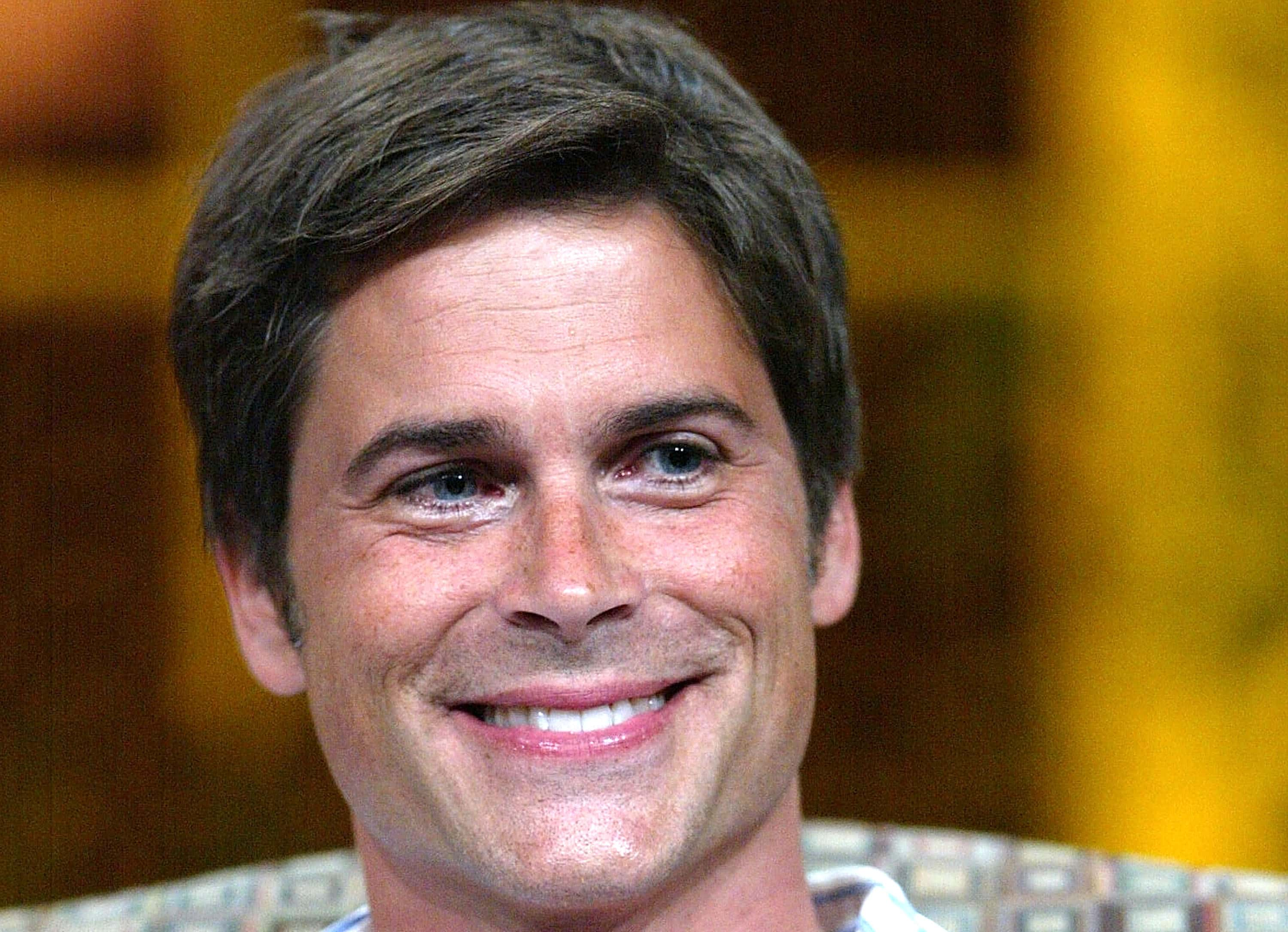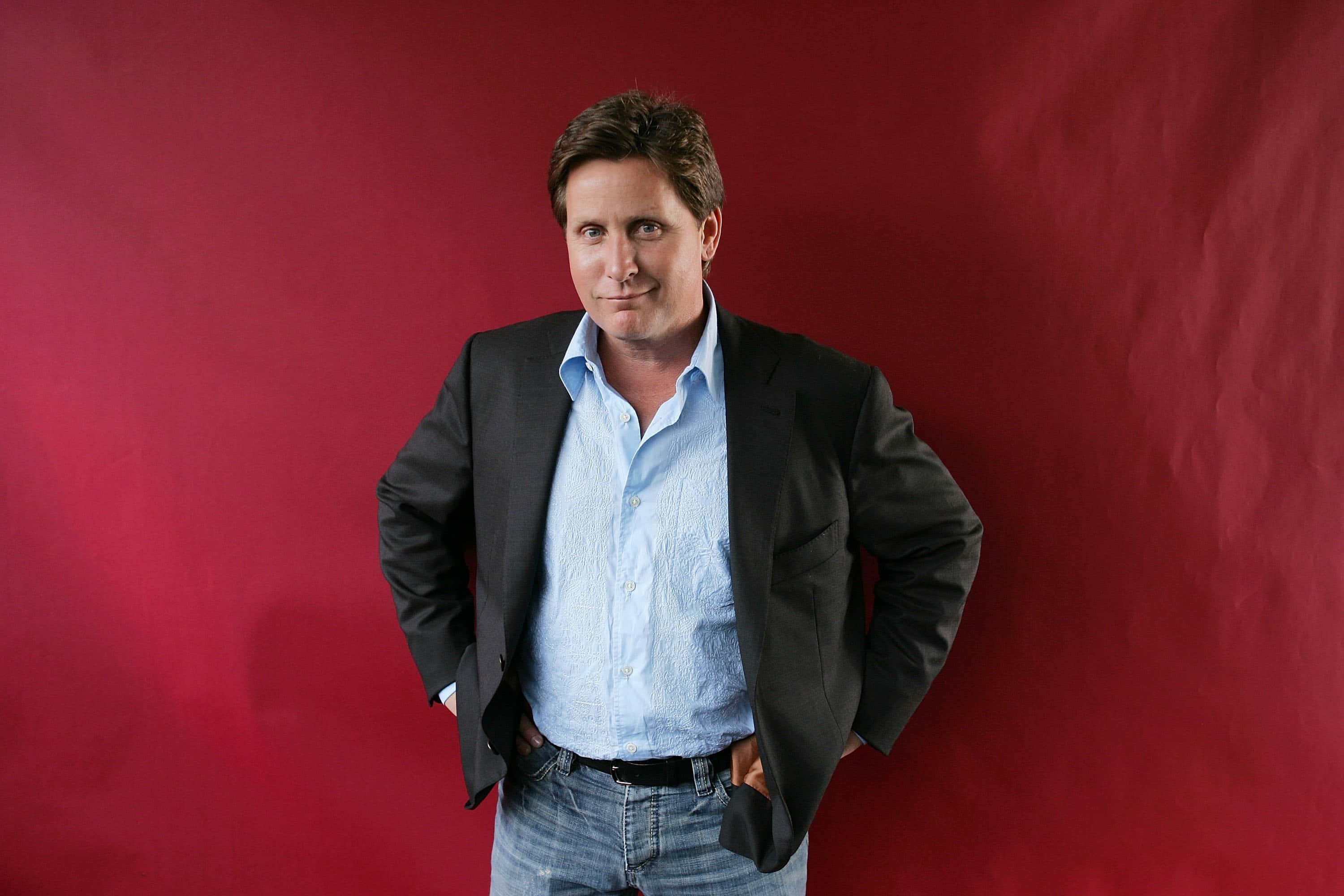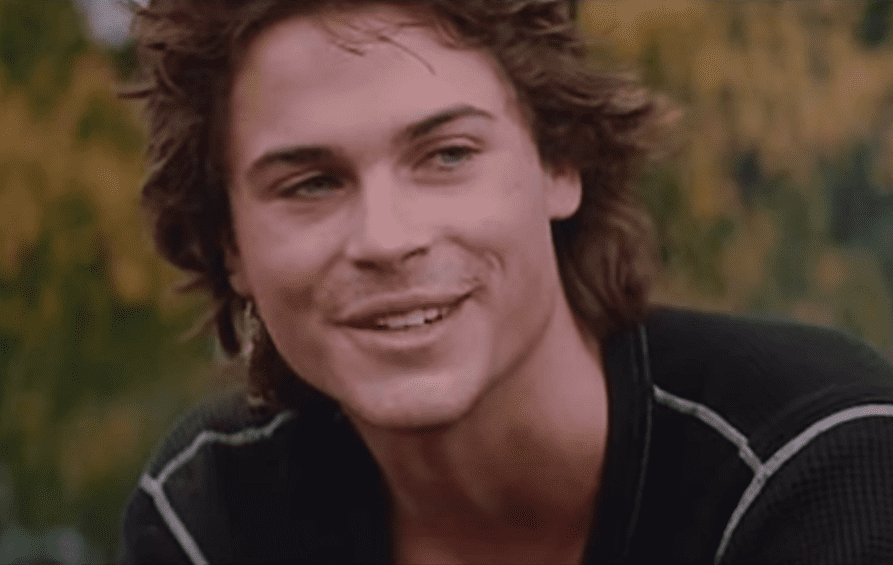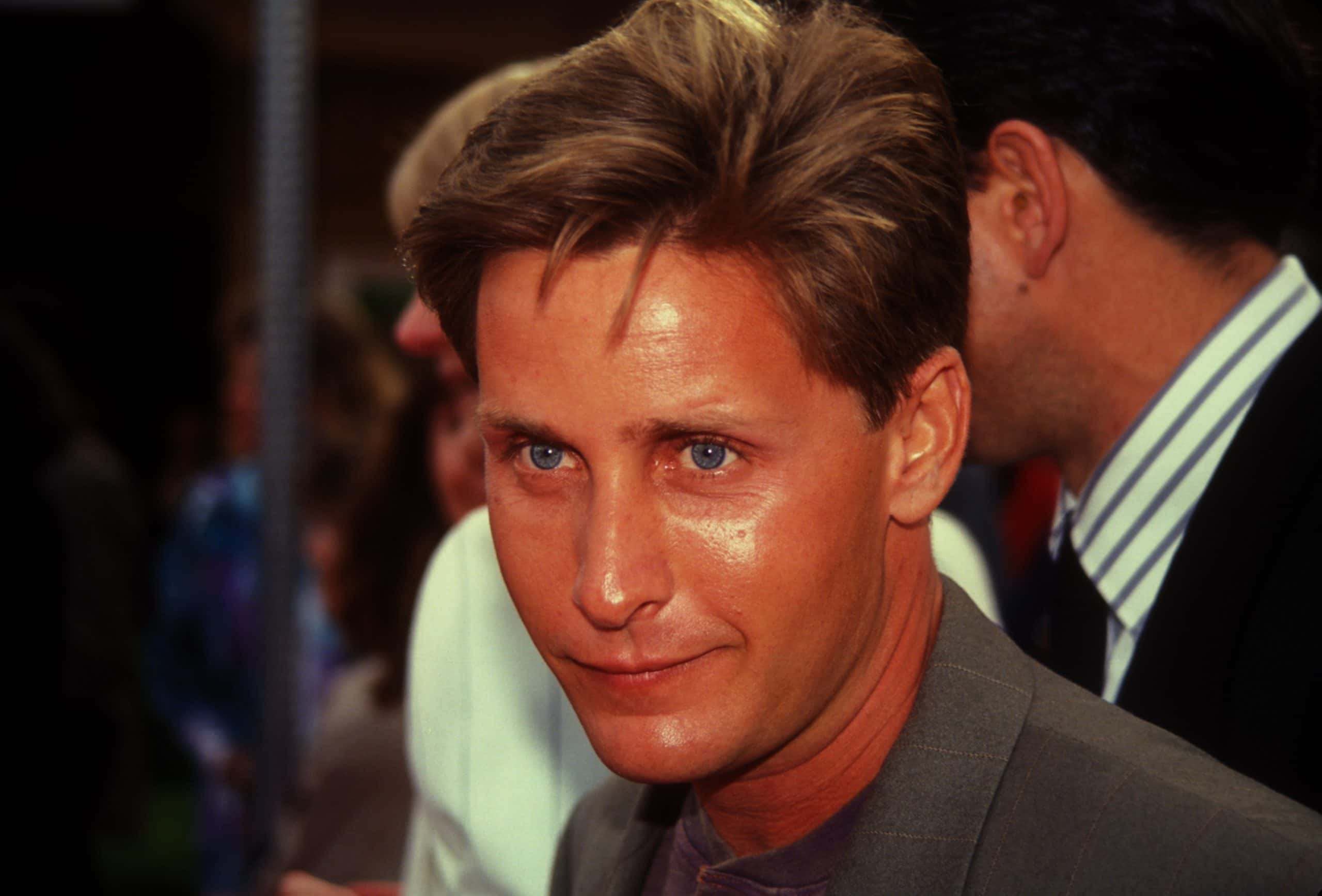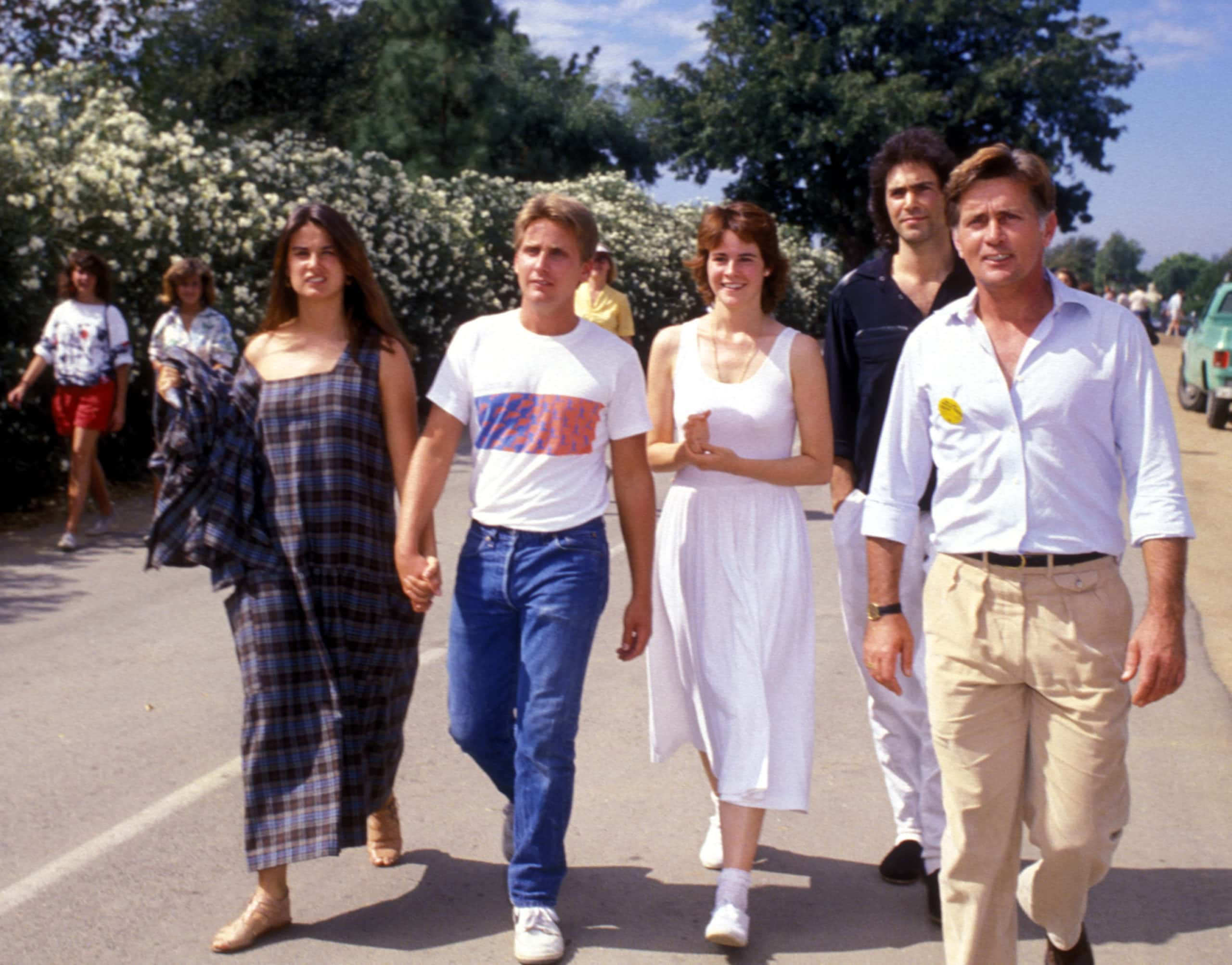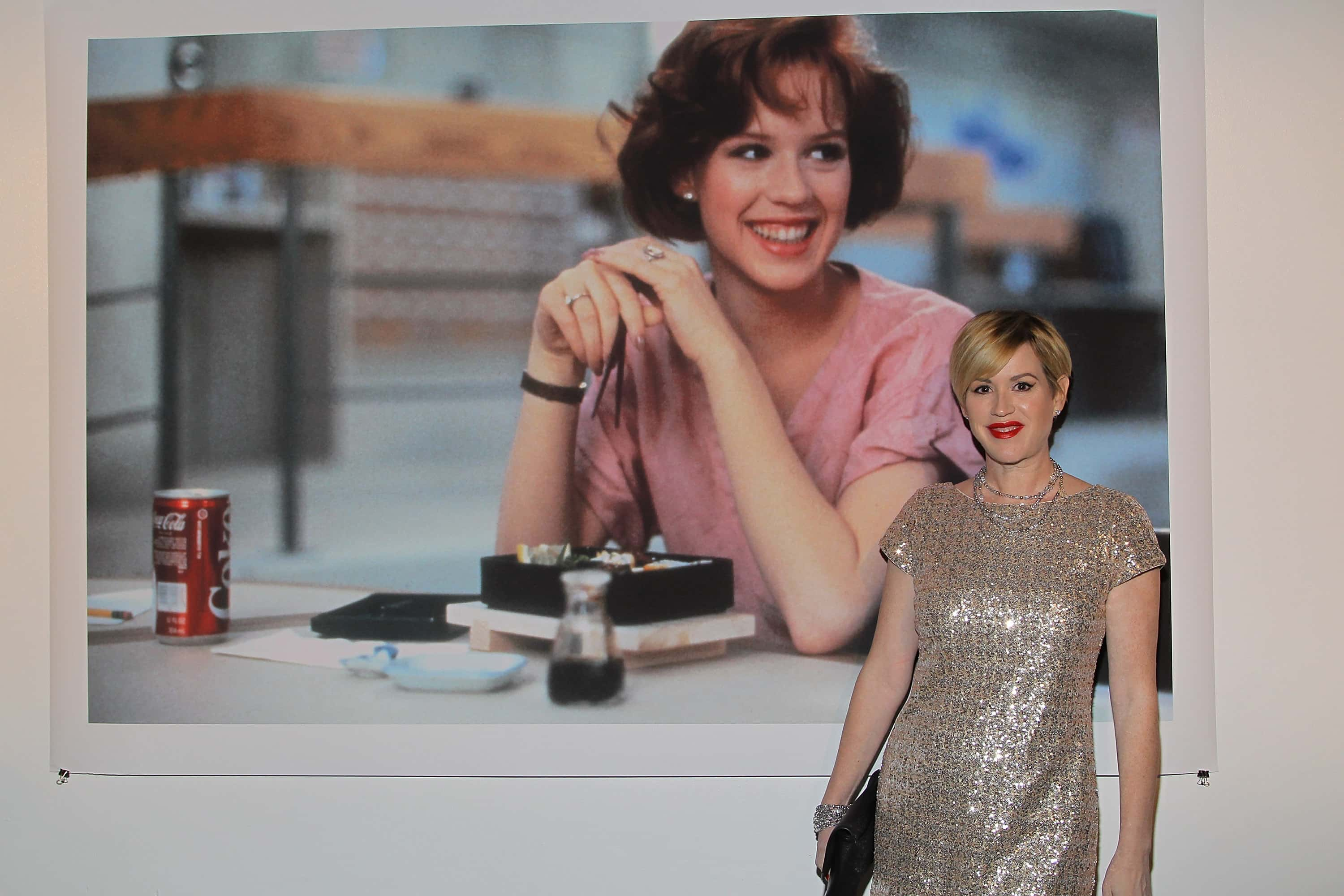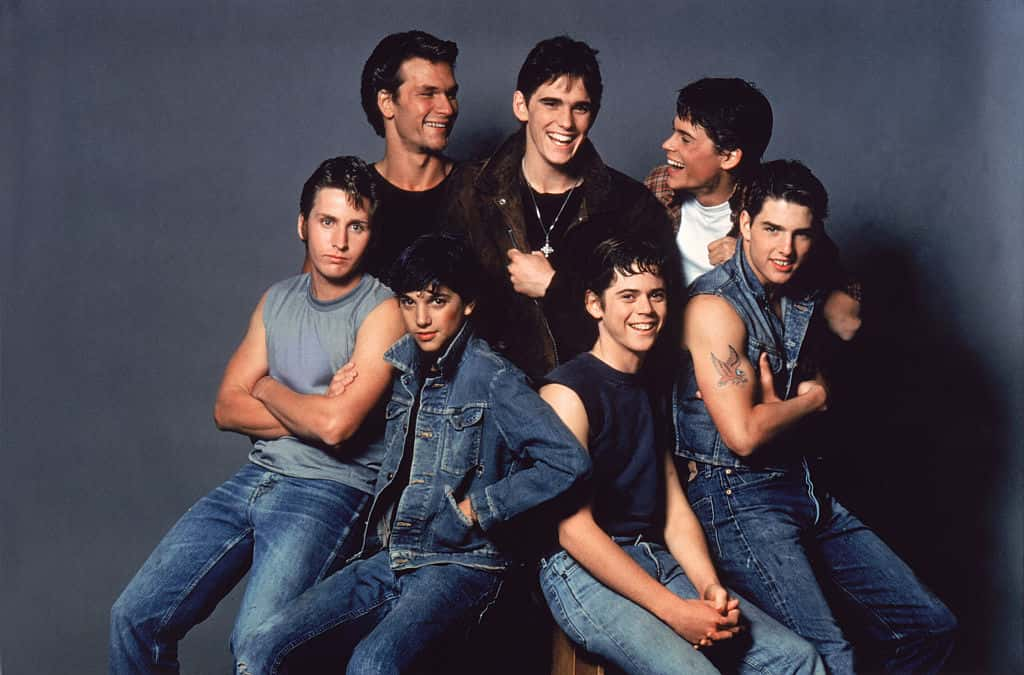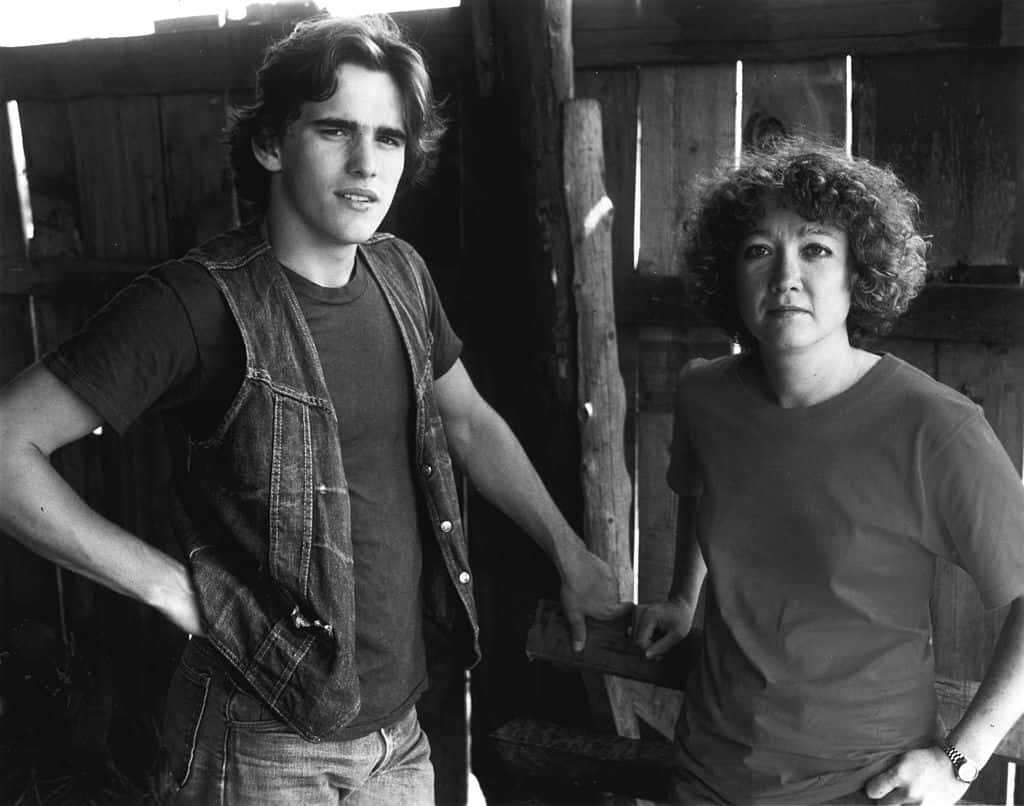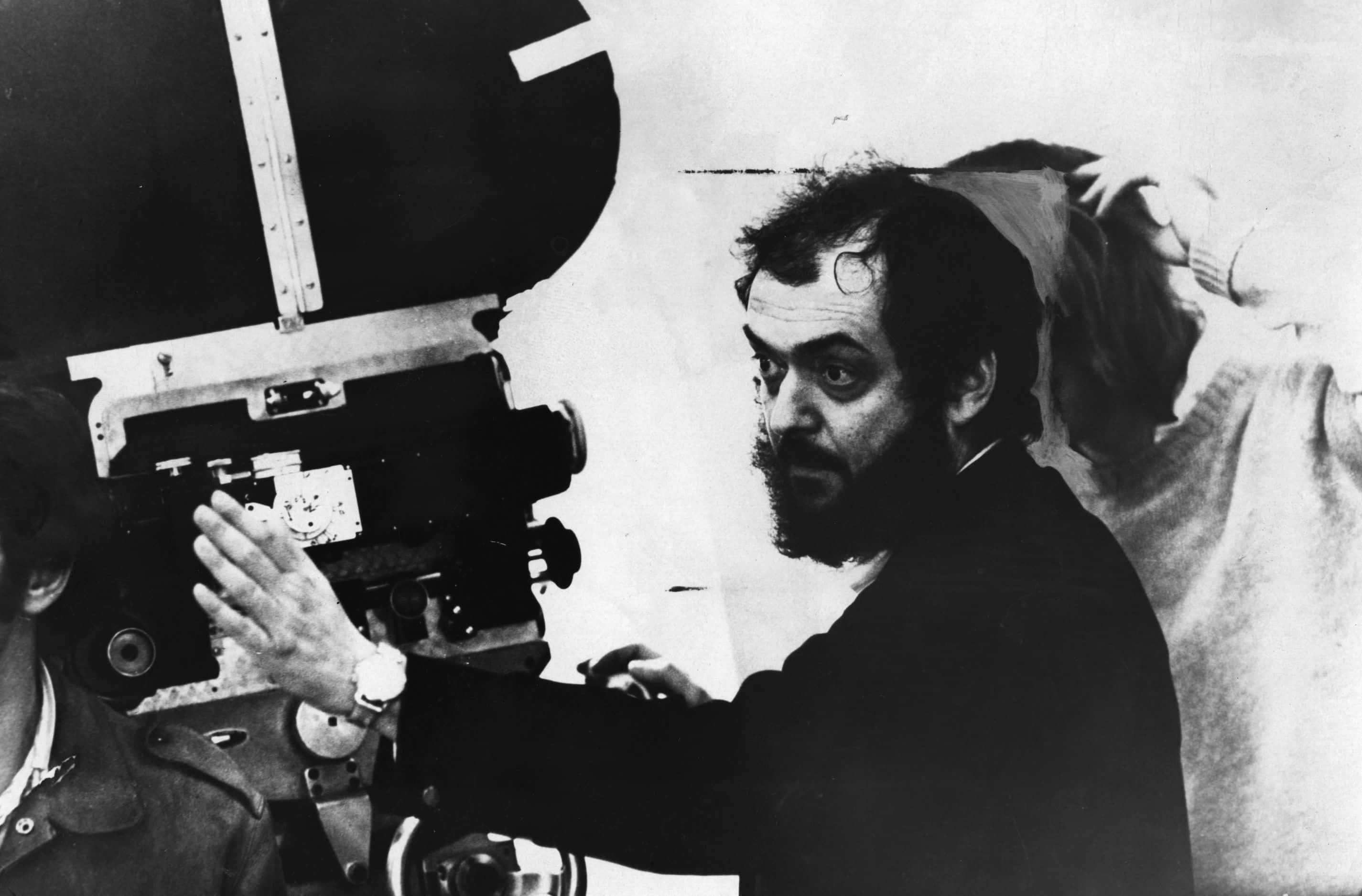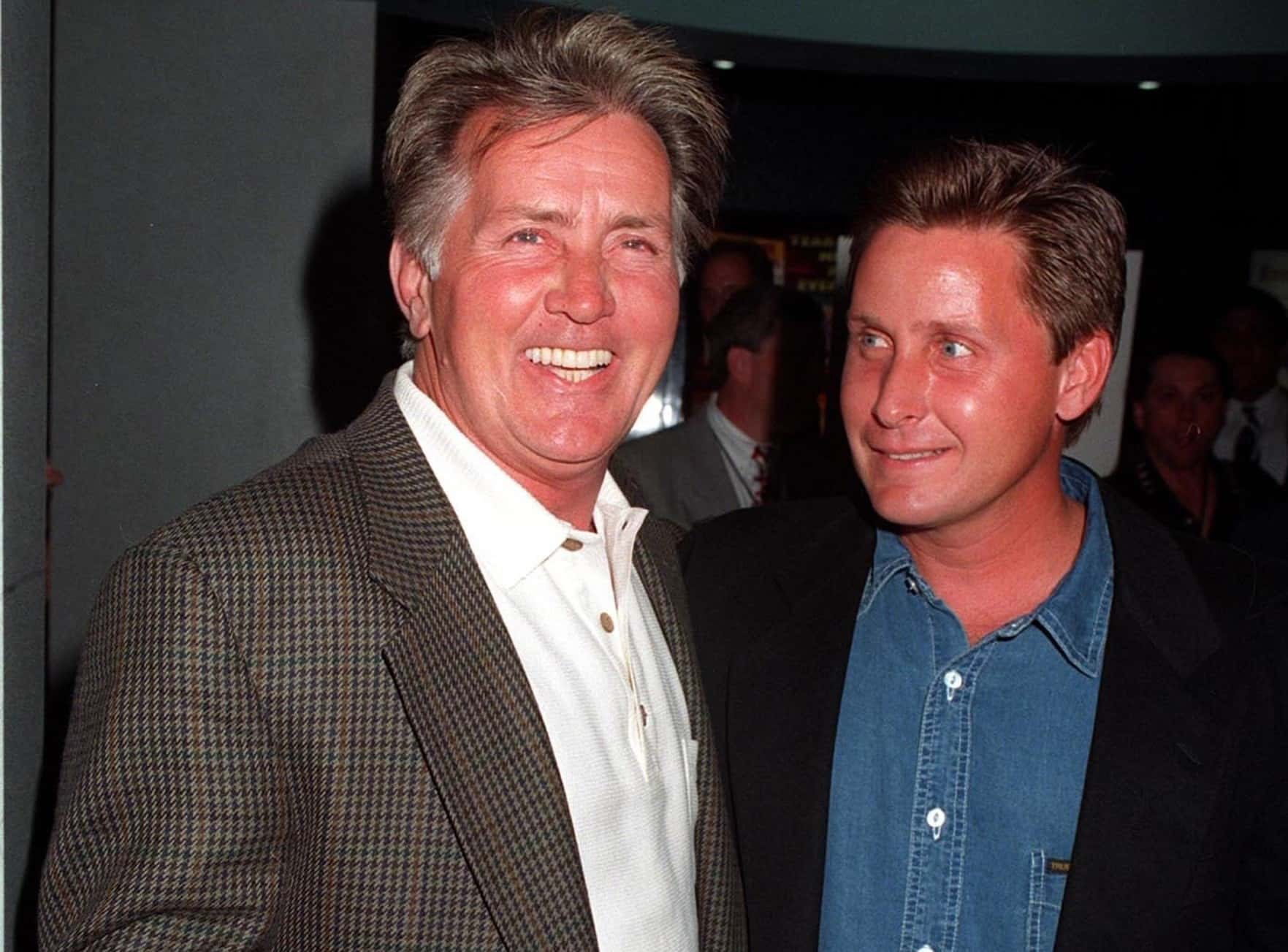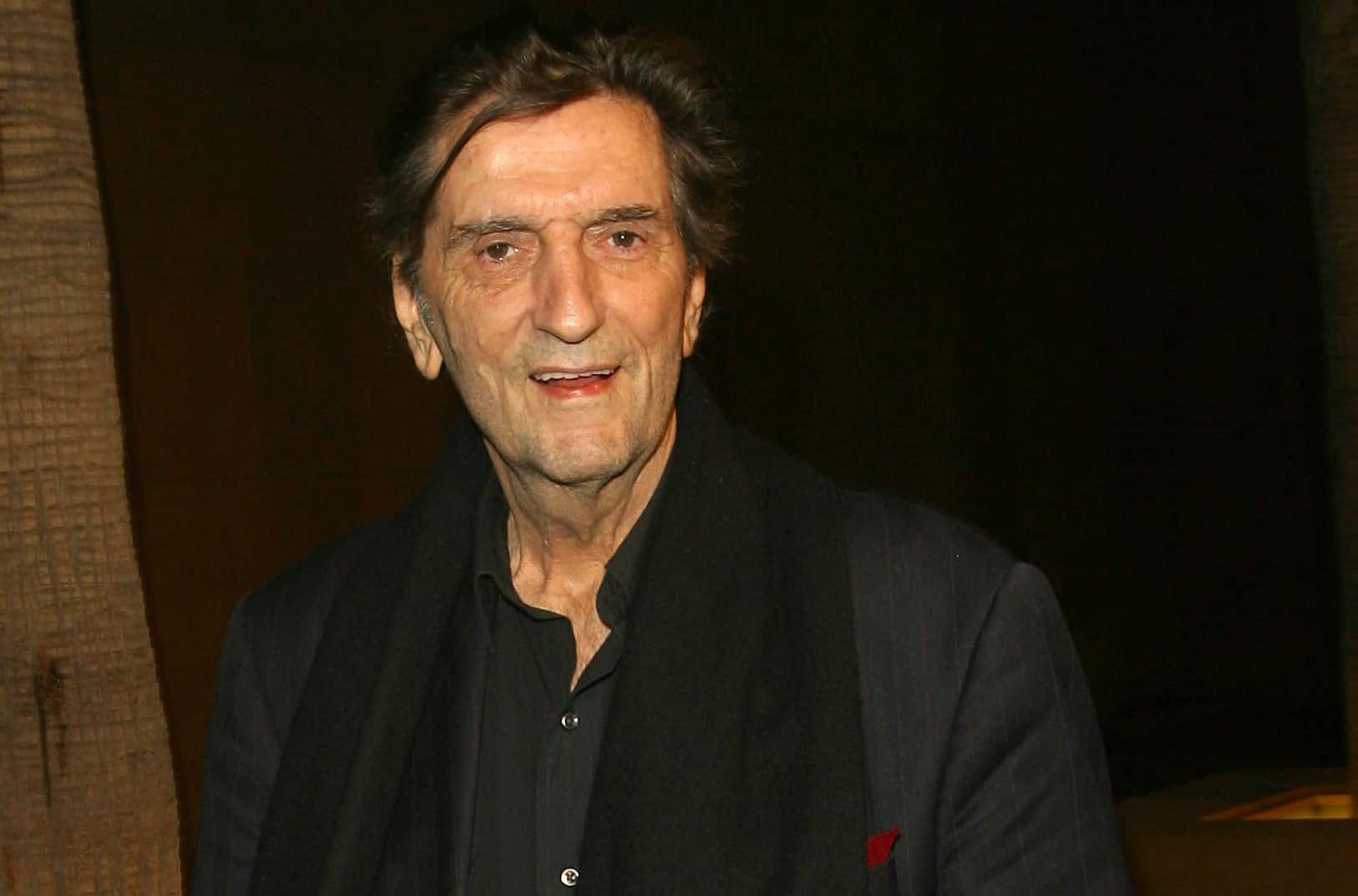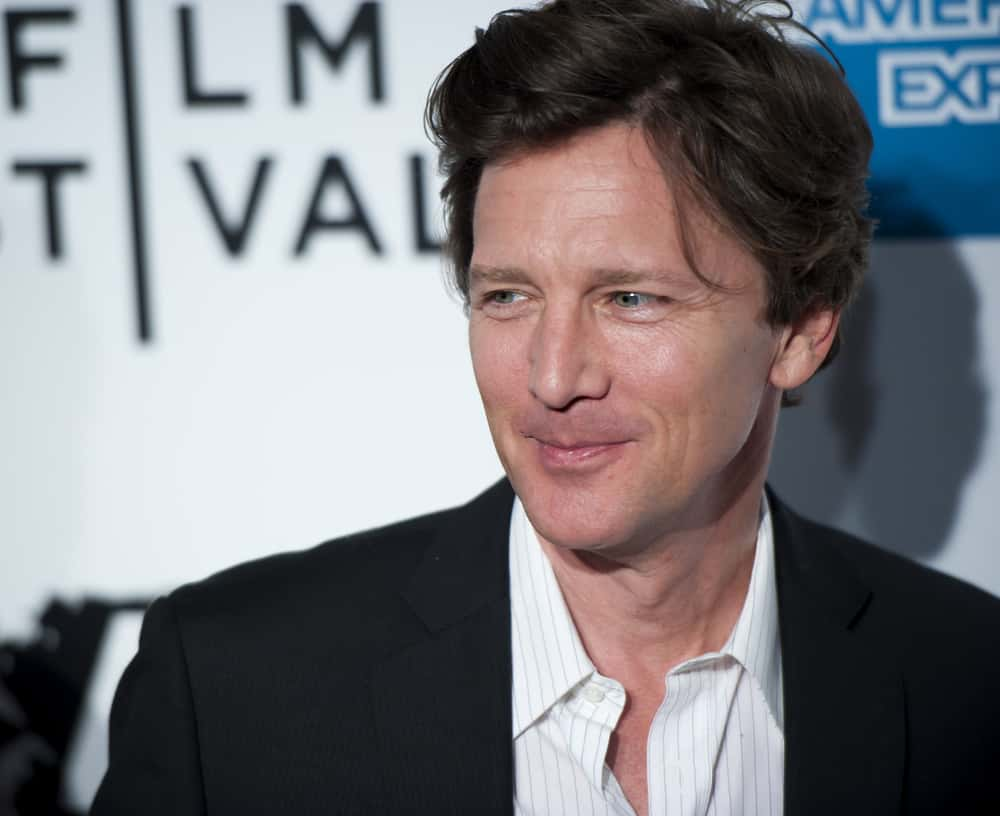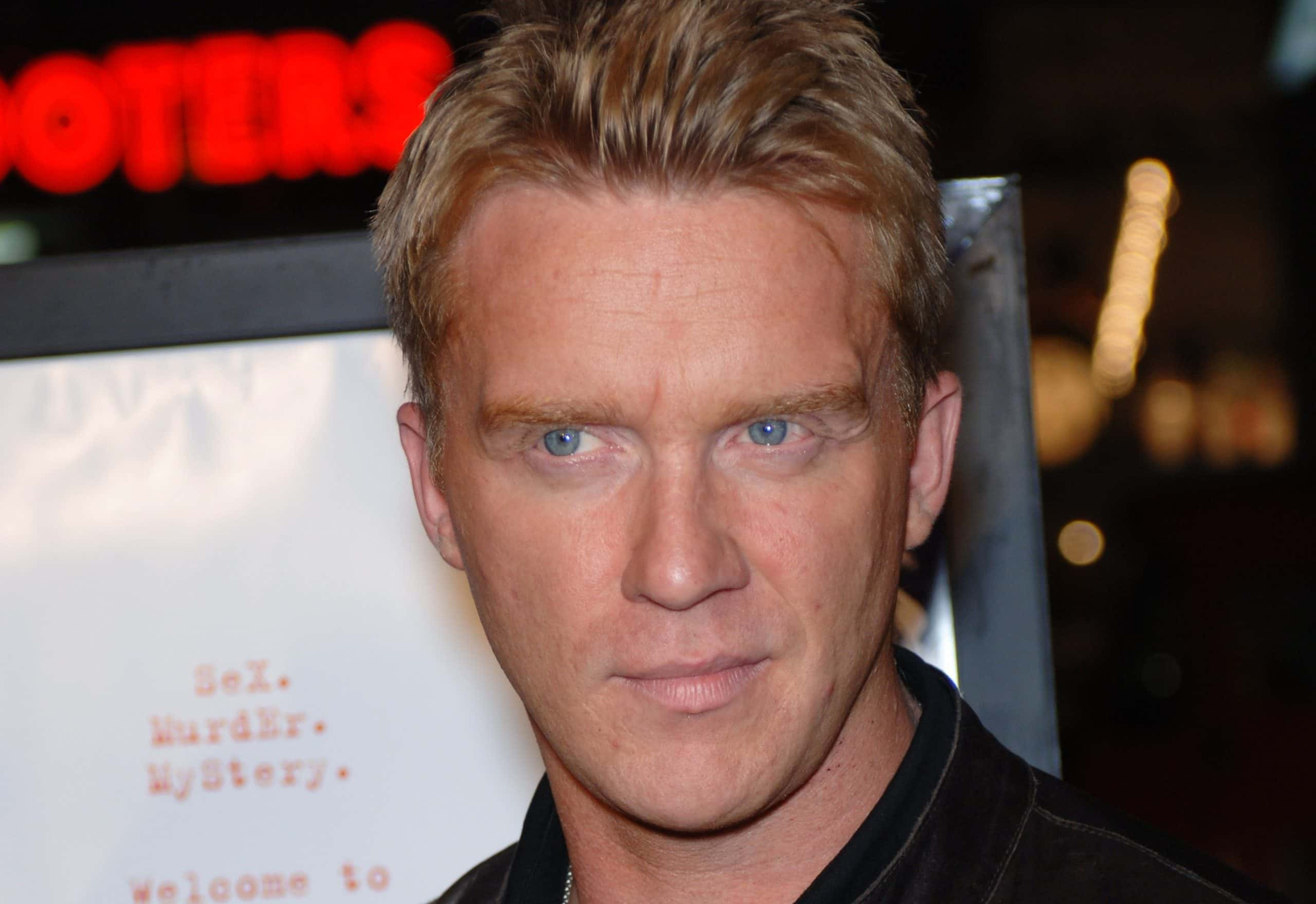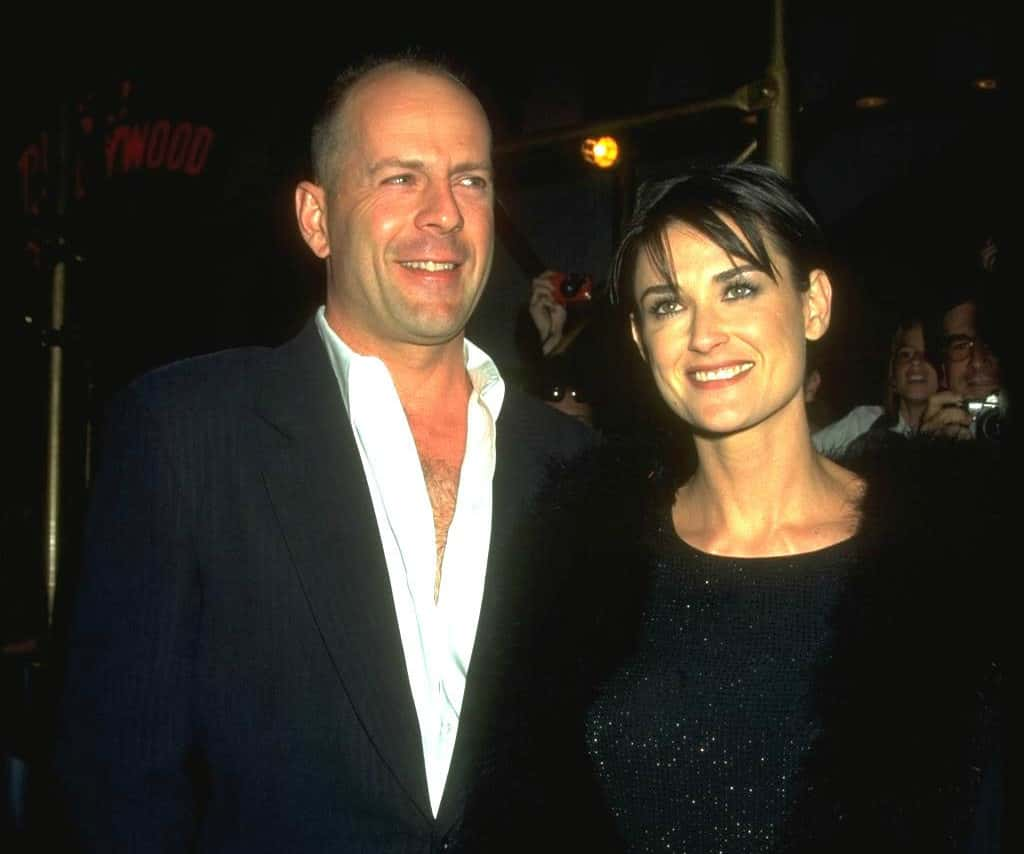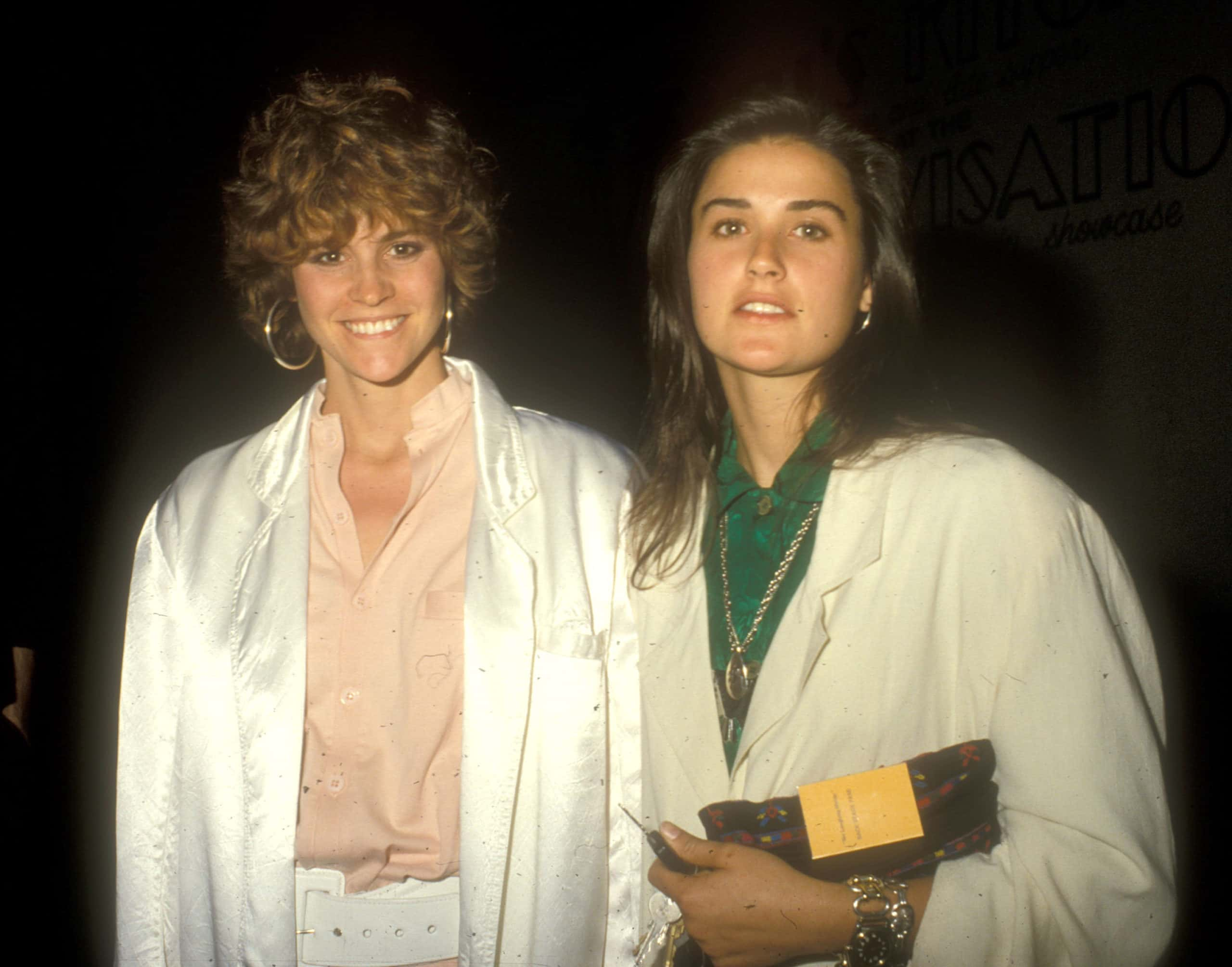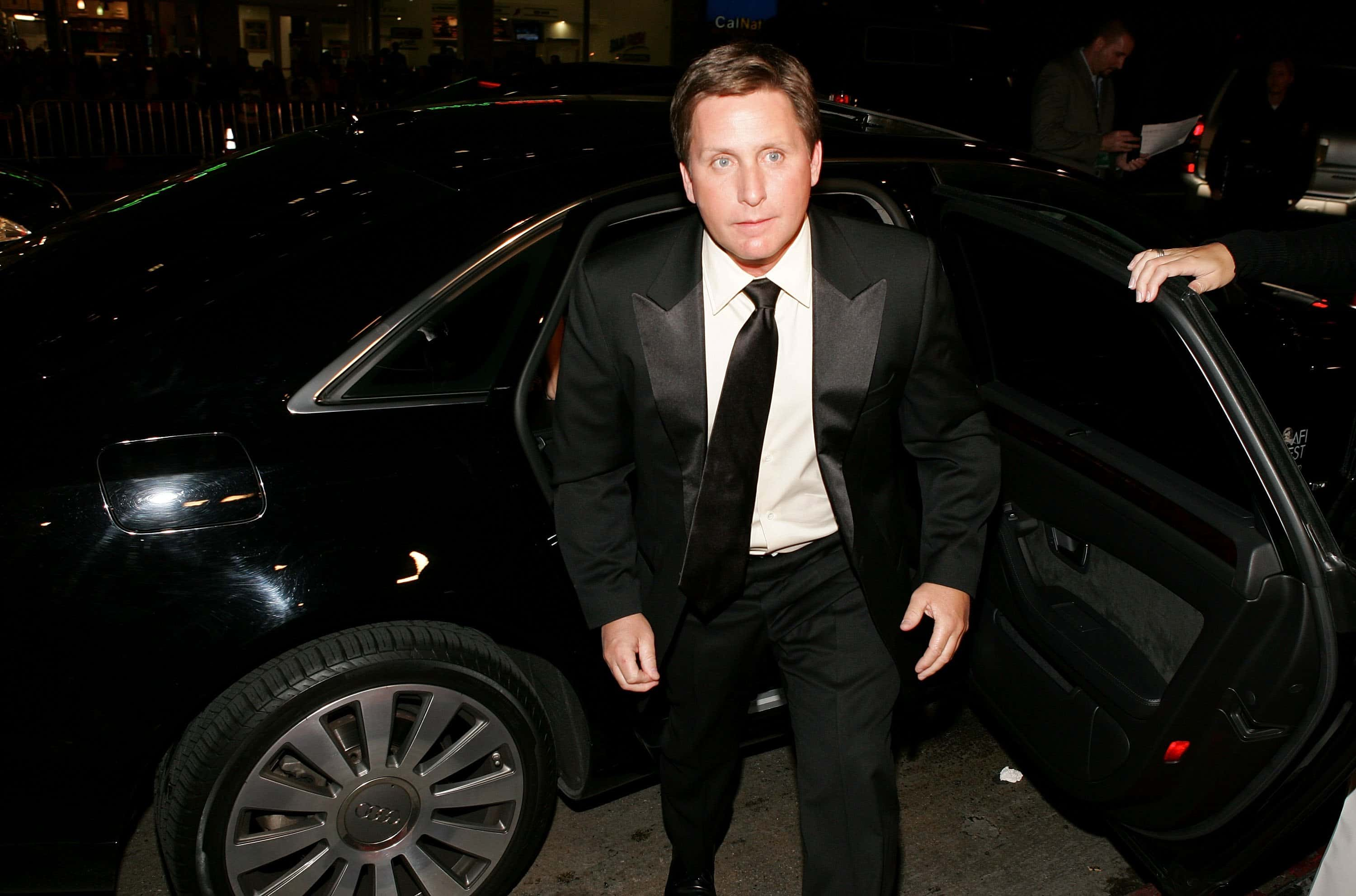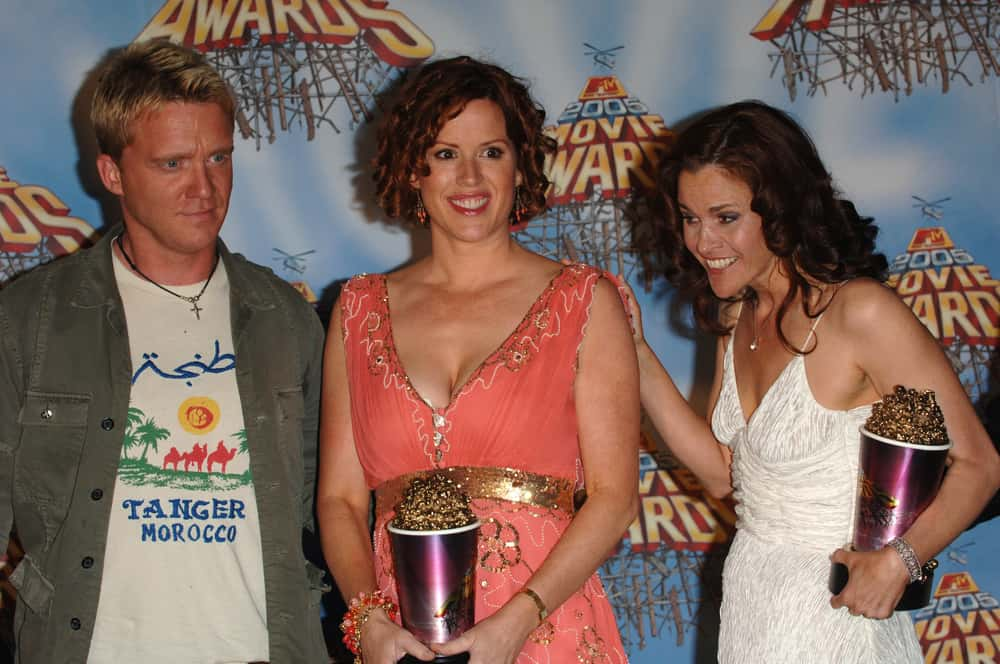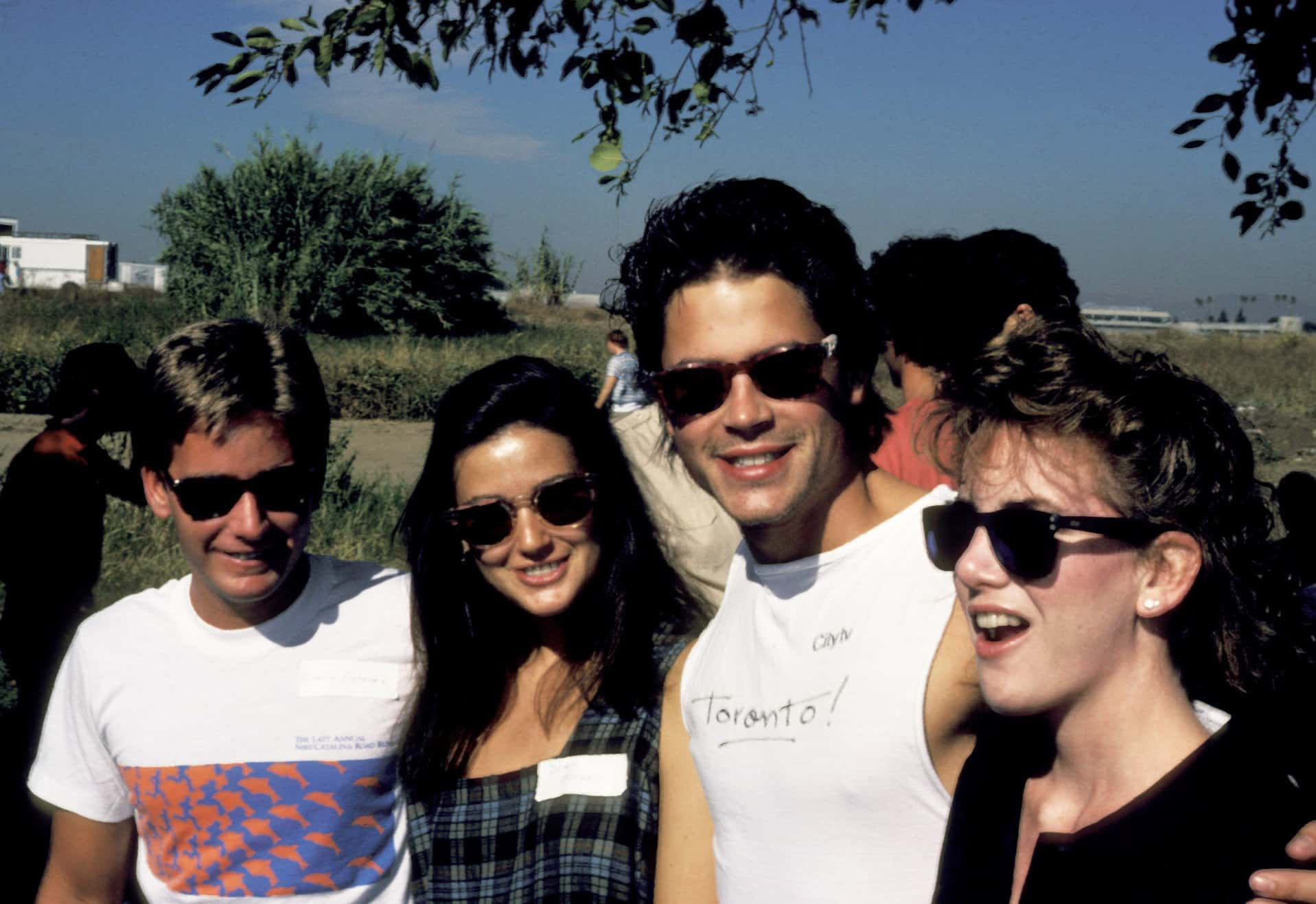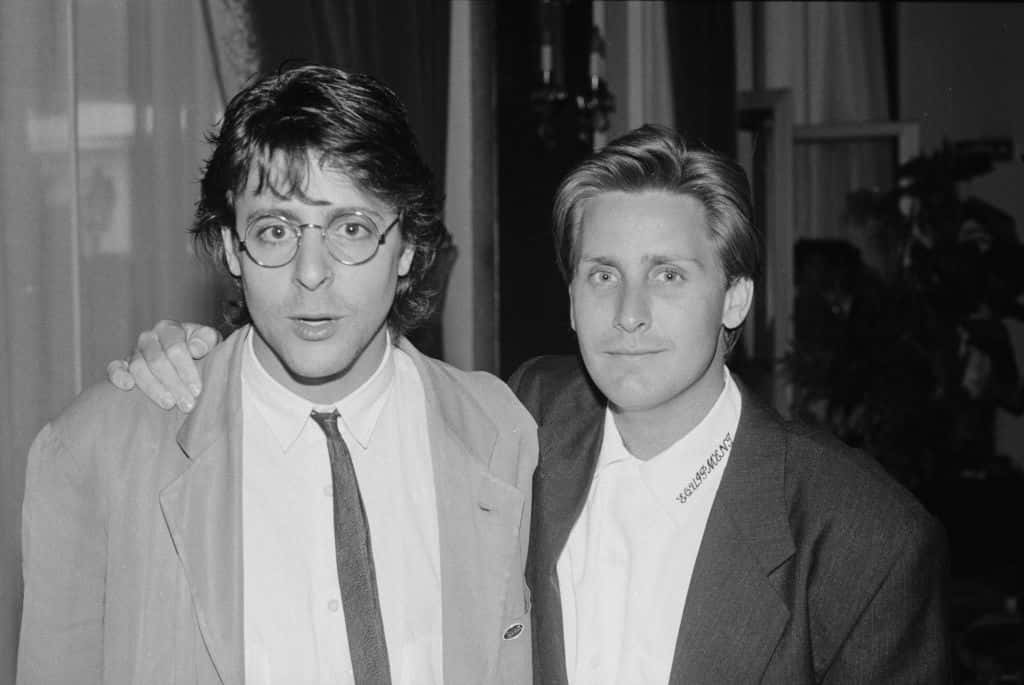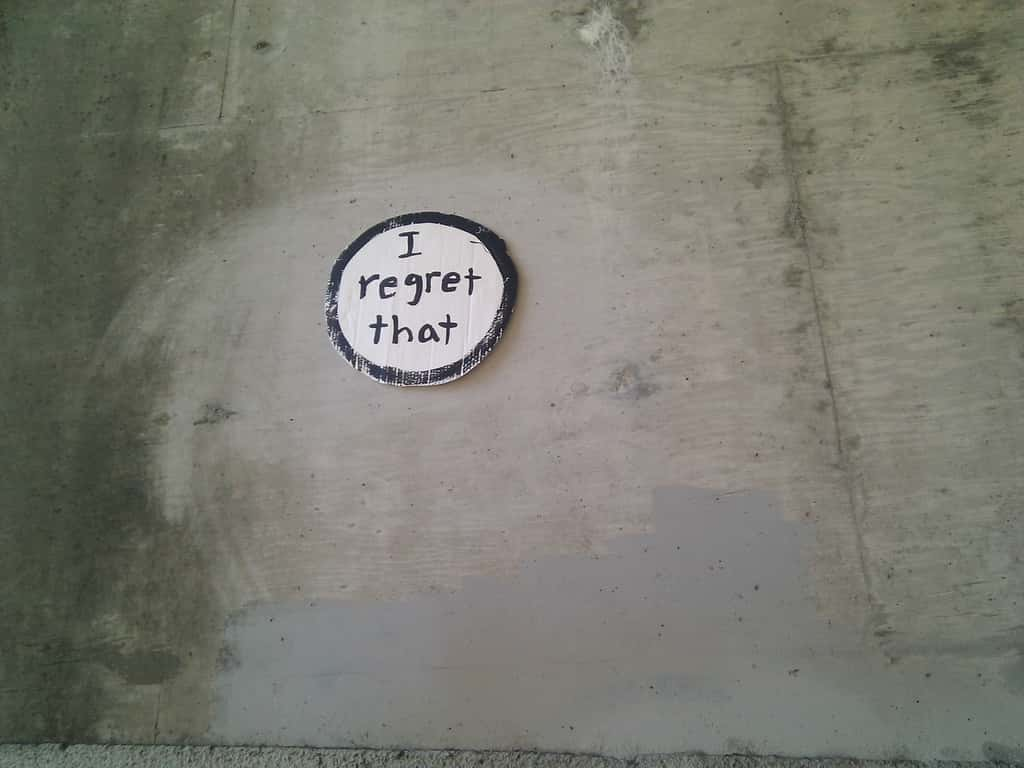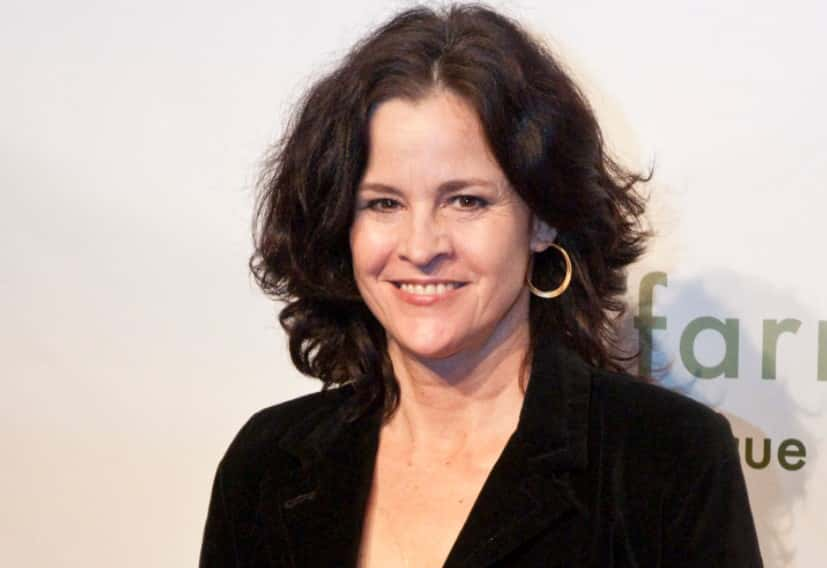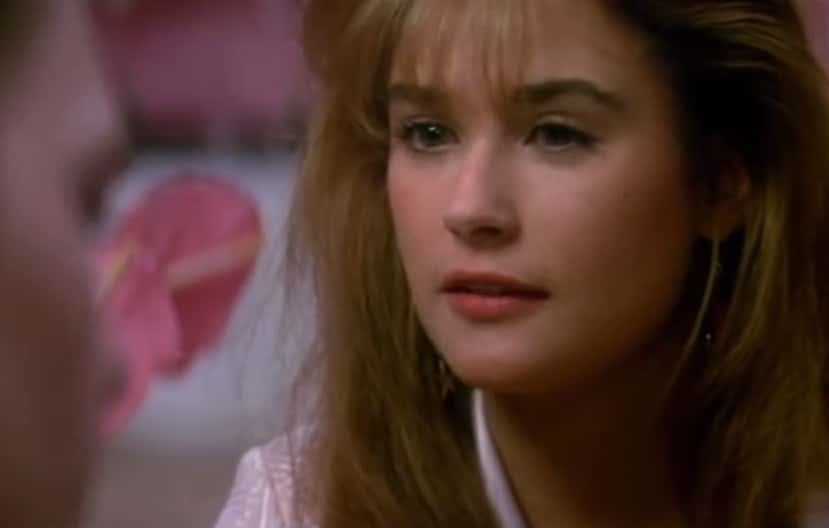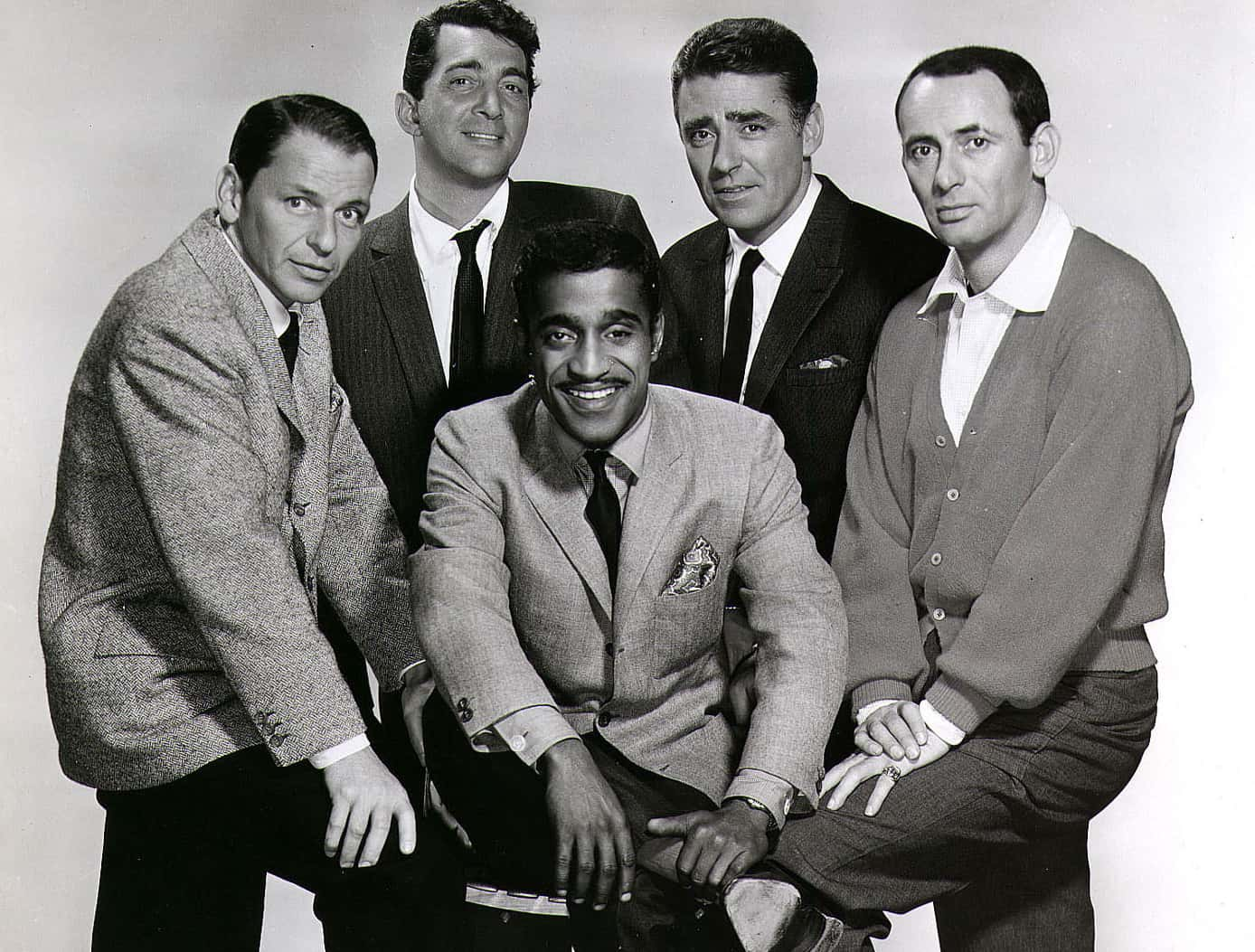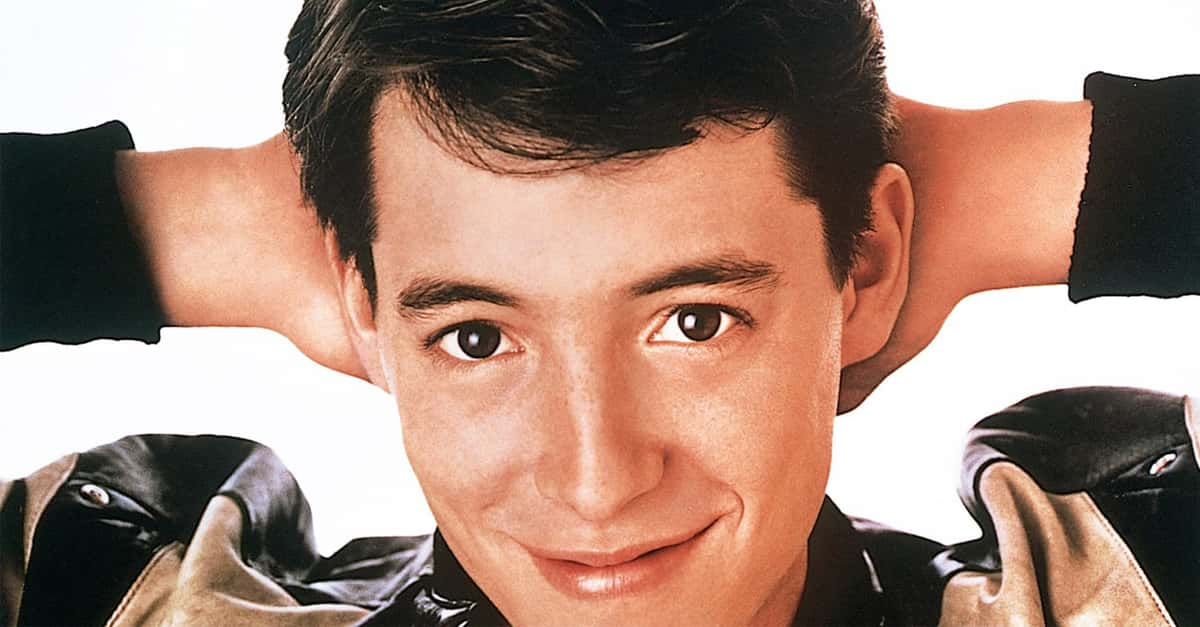"Dear Mr. Vernon, we accept the fact that we had to sacrifice a whole Saturday in detention for whatever it was we did wrong. But we think you're crazy to make an essay telling you who we think we are. You see us as you want to see us... In the simplest terms, in the most convenient definitions. But what we found out is that each one of us is a brain... and an athlete... and a basket case... a princess... and a criminal... Does that answer your question?... Sincerely yours, the Breakfast Club."
Spoofing the term "Rat Pack" from the 1950s and 1960s, the Brat Pack reflected the same partying celebrity image as their predecessors, but the difference was that this crew consisted of young actors starring in successful Hollywood flicks aimed at the youth of the day, often written or directed by the legendary John Hughes. Their movies are still hailed as classics, even though many of them received a mixed reception when they first came out. But not surprisingly, the term "Brat Pack" wasn’t considered flattering at the time, despite how tinged with nostalgia it’s become today, and just the creation of the name was extremely damaging to the careers of several young actors. So what became of the individual members? How did the Brat Pack end? Read on for some facts about this iconic group of young men and women whose off-screen antics were almost as dramatic as the movies they starred in.
Brat Pack Facts
42. Who’s in This Club?
Though the exact members of the Brat Pack are up for debate, it's generally agreed that the main roster consisted of Emilio Estevez, Anthony Michael Hall, Rob Lowe, Andrew McCarthy, Demi Moore, Judd Nelson, Molly Ringwald, and Ally Sheedy. Occasionally others like Patrick Swayze, Charlie Sheen, James Spader and Robert Downey Jr. have been included in the list, but they didn't share the screen as frequently the main group.
41. Requirement for Admission
One generally accepted criteria for being in the Brat Pack is either starring in John Hughes’ The Breakfast Club or Joel Schumacher’s St. Elmo’s Fire, both of which were released in 1985. These two ensemble movies, both centered around large groups of young people, kickstarted the Brat Pack phenomenon.
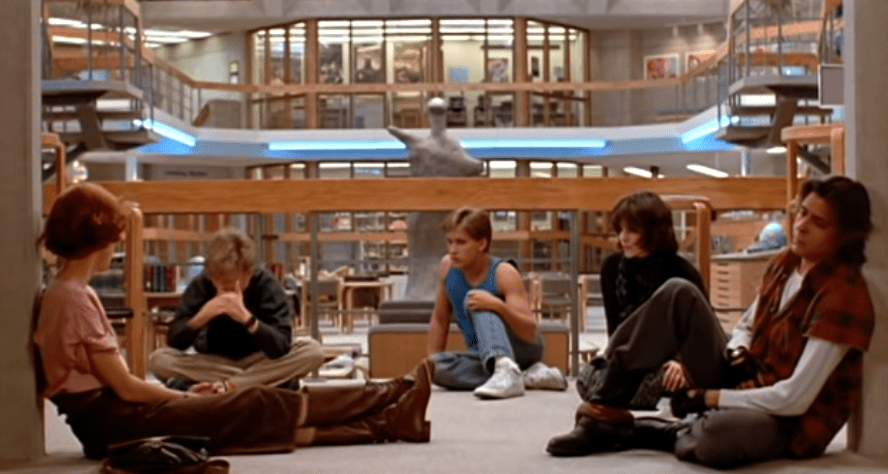 The Breakfast Club,Universal Pictures
The Breakfast Club,Universal Pictures
40. Impressive Range
Both St. Elmo’s Fire and The Breakfast Club feature Emilio Estevez, Ally Sheedy, and Judd Nelson. Interestingly, they played college graduates in the former and high school students in latter, despite the fact that the two movies were released in the same year. Talk about range!
39. In and Out of Love
Fellow Brat Pack members Demi Moore and Emilio Estevez were in a relationship for over three years and were actually engaged for a time. She also appeared in Estevez’s directorial debut Wisdom. However, Moore and Estevez would break it off, and Moore got married to action star Bruce Willis soon after, in 1987.
38. How was That Not Awkward??
Despite their failed relationship, Estevez and Moore maintained the ability to have a professional relationship. In 2006, Moore was part of the huge A-List cast which Estevez assembled for his Robert F. Kennedy film, Bobby. Bizarrely, Moore and Estevez played a married couple whose relationship was falling apart during the film. The crazy thing was that Moore’s then-husband, Ashton Kutcher, was also in the movie (though he thankfully didn’t share any scenes with Moore and Estevez, ‘cause that would have been too much for everyone).
37. Thank Goodness the World Wide Web Doesn’t Exist Yet…
In 1988, a scandal nearly destroyed Rob Lowe’s career just as the Brat Pack era was concluding. Lowe filmed himself having sex with a 16-year-old girl, and the tape became public. While it was legal for Lowe to have sex with the girl (the age of consent in Georgia was 14 at the time), filming it was illegal. The sex scandal embarrassed and scared Lowe enough to eventually clean up his act.
36. I Still Hate the Term
After being the unwilling creator of the term, Emilio Estevez has continued to despise it, even as late as 2011 when he remarked “Personally, the biggest disappointment about it is that ‘Brat Pack’ will somehow figure in my obituary at [the] hands of every lazy and unoriginal journalist.” To be honest, that certainly sounds like a legitimate concern.
35. Living the High Life
Back when he was Sodapop Curtis in The Outsiders or Billy Hicks in St. Elmo’s Fire, Rob Lowe thrived on the attention he got as a handsome young teen idol. He immediately became identified as the party boy of the group, drinking and socializing with his many fans. According to an associate of Lowe’s, “Women would throw themselves at him,” something he was only too happy to enjoy. He also dated numerous actresses, from Nastassja Kinski to Fawn Hall.
34. Harsh Review
When David Blum first published his 1985 article on the group, naming them the Brat Pack in the process, he received a call from Emilio Estevez, declaring that Blum had “ruined [his] life.” In fact, all of the actors mentioned in Blum’s article sent their publicists to express their disappointment with it. Hey, if the shoe fits...

Sign up to our newsletter.
History’s most fascinating stories and darkest secrets, delivered to your inbox daily. Making distraction rewarding since 2017.
33. Not Cool, Dude!
While it might surprise you to discover that the Brat Pack members were so disgusted by the label, it makes more sense when you remember that the group was made up of actors who were all looking to maintain and expand their careers beyond their initial success. Being labeled as a bunch of juvenile movie brats implied that they weren’t really interested in being treated like professionals.
32. Brats By Association
According to Daniel Blum, the first Brat Pack film was actually Taps, a 1981 flick starring Timothy Hutton, Sean Penn, and Tom Cruise. It was about a group of military school students who stage a coup to protect their school from being shut down. None of the people traditionally labeled as being part of the Brat Pack are in the film, but Penn and Cruise frequently worked with those people in other projects, and so they occasionally make the list.
31. Nothing Like Some Nostalgia to Smooth Things Over
Despite negative connotations that the term "Brat Pack" initially had, the 21st century looked kindlier on them. Despite the fact that The Breakfast Club received lukewarm reviews at best when it was released, in 2012 it was named as the best high school movie ever made by Entertainment Weekly (which makes us wonder if High School Musical is going to be hailed as a masterpiece in another twenty years, shudder...).
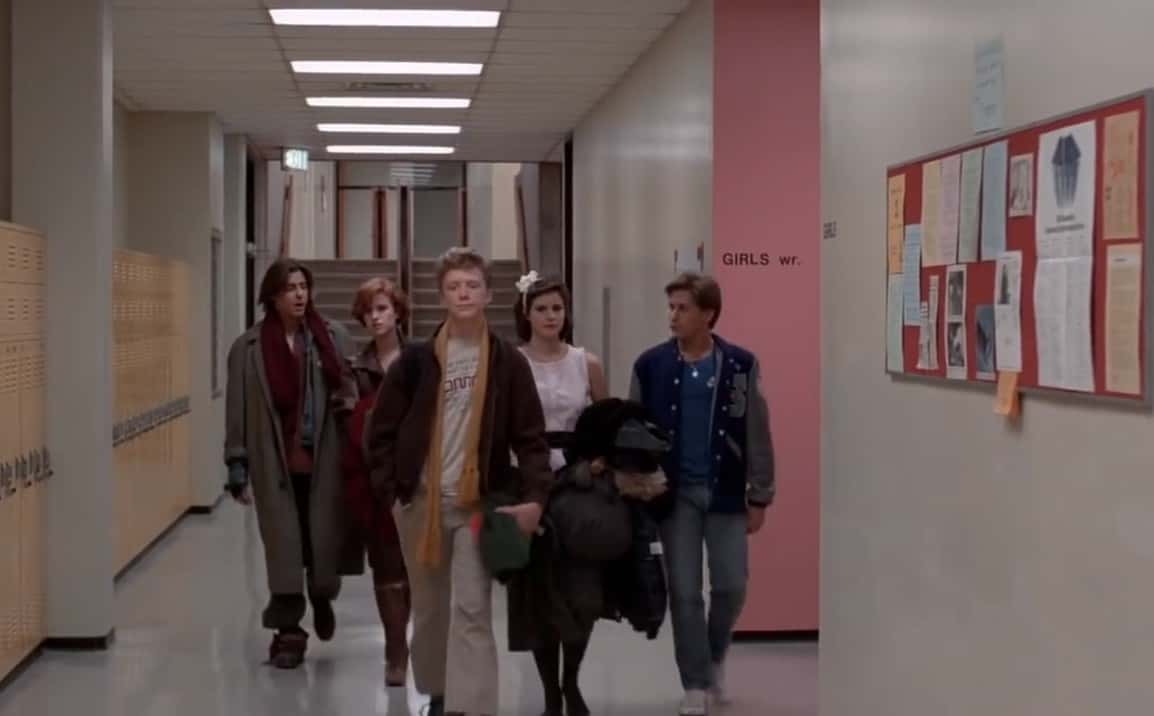 The Breakfast Club, Universal Pictures
The Breakfast Club, Universal Pictures
30. The What Pack?
Contrary to popular belief, Andrew McCarthy was never a member of the Brat Pack, at least according to himself. Despite starring Class, St. Elmo’s Fire and Pretty in Pink, McCarthy insists that he never saw any of the other Brat Pack members after St. Elmo’s Fire wrapped, and he never even met Anthony Michael Hall (to be fair, Hall wouldn’t have been easy to be around at the time).
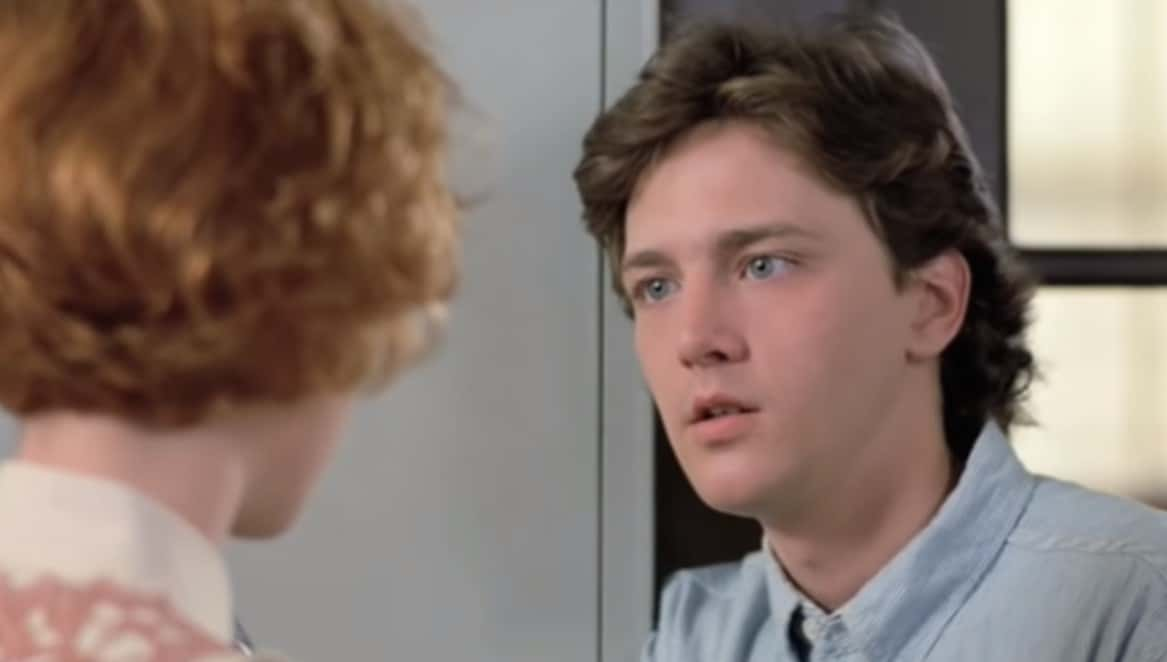 Pretty in Pink, Paramount Pictures
Pretty in Pink, Paramount Pictures
29. Sticking Together
Five years younger than most of the other Brat Pack members, Molly Ringwald was reluctant to party with the others (ironic, because she was maybe it's most iconic member). Since she was closer in age with Anthony Michael Hall, she would hang out with him sooner than anyone else in the Pack.
28. Stay Gold, Ponyboy
While 1985 was the year that term was first established, as well as being the year during which the two main Brat Pack films were released, many agree that the Brat Pack era actually began with the release of Francis Ford Coppola’s troubled youth film The Outsiders. Starring Emilio Estevez and Rob Lowe, the film also featured Matt Dillon, Ralph Macchio, and Tom Cruise—all of whom are often listed as satellite Brat Pack members.
27. Hinton’s High Point
The Outsiders was the first film adaptation of a book by S.E. Hinton. Three more of her books were adapted into feature films, two of which also featured Emilio Estevez (Tex, That Was Then… This is Now) and two of which also featured Matt Dillon (Tex, Rumble Fish).
26. You Turned Down WHO?!
In the late 1980s, Hall was a hot young star thanks to his Brat Pack films, and naturally, directors were pursuing him to be in their film projects. Amazingly, one of those directors was none other than Stanley Kubrick! Fans of that legendary director will know that Kubrick was casting for his Vietnam War film Full Metal Jacket at the time, and he wanted Hall for the lead role. Kubrick even declared that Hall’s debut into the film world the most promising one since Jimmy Stewart’s. Sadly for Hall, Matthew Modine ended up taking the lead role instead (ironically, both of them would play minor supporting roles in Christopher Nolan’s Batman franchise).
25. Who Wants to Hear a Good Joke?
Despite playing darker roles in the Brat Pack films, Judd Nelson was famous off-camera for having a “wicked sense of humor,” according to Carl Kurlander, who co-wrote St. Elmo’s Fire.
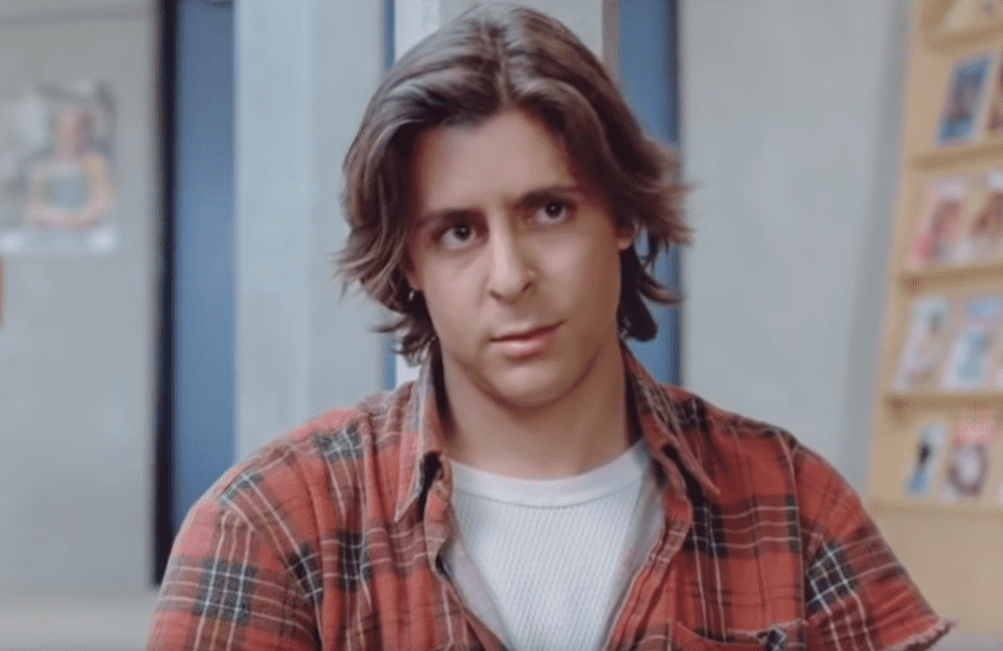 The Breakfast Club, Universal Pictures
The Breakfast Club, Universal Pictures
24. That Cake’s Got Some More Candles Now
Rather than with Taps or The Outsiders, others argue that the Brat Pack era actually started with the film Sixteen Candles. Starring Molly Ringwald and Anthony Michael Hall, the film kicked off the age of 80s films aimed specifically at teens. It also launched the careers of Hall, Ringwald, and the film’s director, John Hughes.
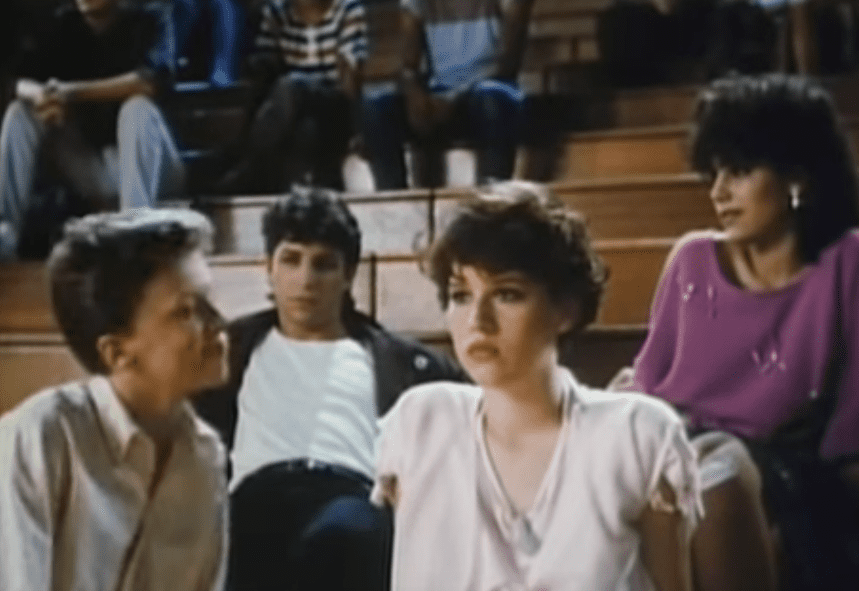 Sixteen Candles, Universal Pictures
Sixteen Candles, Universal Pictures
23. Time to Leave
While Molly Ringwald and John Hughes had formed a strong bond during such films as Sixteen Candles and The Breakfast Club, their relationship deteriorated around the end of the 1980s. That, coupled with her film career stagnating, caused Ringwald to leave the US for France. She lived there for five years before eventually returning to continue her career.
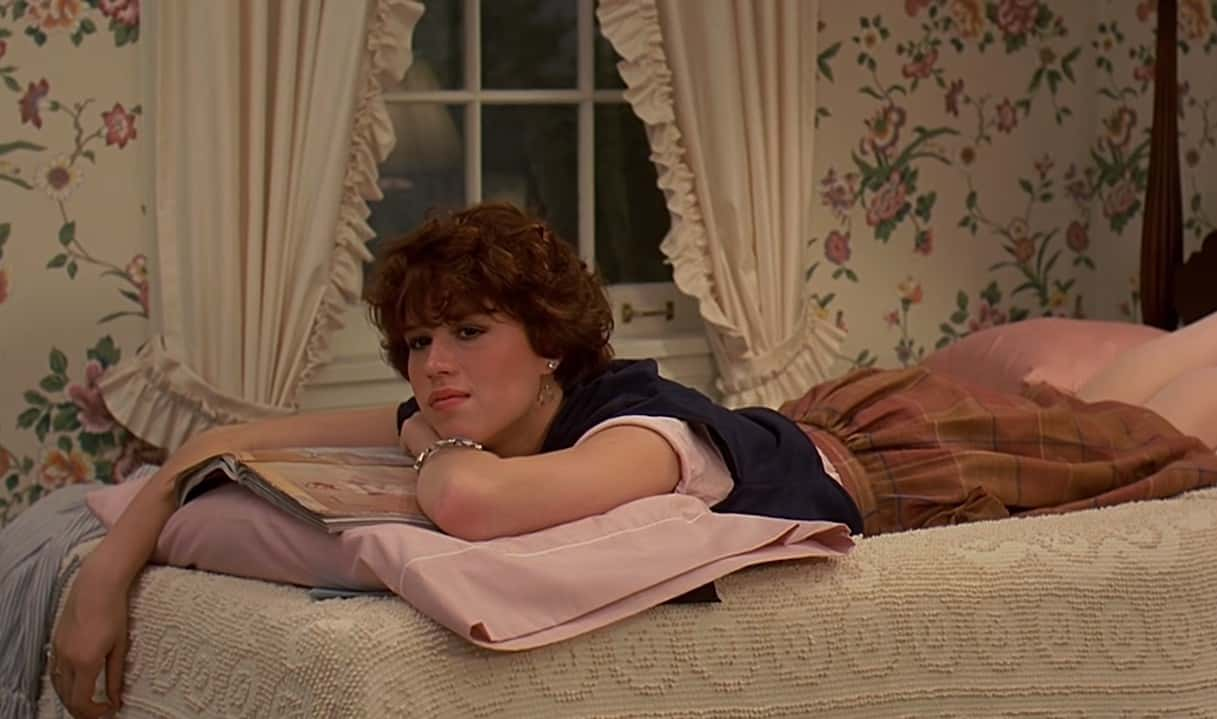 Sixteen Candles, Universal Pictures
Sixteen Candles, Universal Pictures
22. A True Leader
If you’re dubbed “the unofficial president” of the Brat Pack, you would think that Emilio Estevez would be the true life of the party, spearheading the movement in all its debauchery and fame. And while Estevez was certainly in the most advantageous position (being born to movie star Martin Sheen), he was also used to the attention. According to Rob Lowe’s ex-girlfriend, Melissa Gilbert, Estevez had “the best head on his shoulders” out of the whole Brat Pack. He would know when to stop partying and stay professional on film sets.
21. Hi Harry
While he was in his 50s at the time, Harry Dean Stanton was also linked to the Brat Pack due to his roles in Pretty in Pink and Repo Man, working alongside the young actors as a mentor character.
20. No Audition Required
While searching for the cast for his film The Breakfast Club, John Hughes was working with Molly Ringwald and Anthony Michael Hall on Sixteen Candles. The two of them didn’t even have to audition for their roles, as Hughes simply asked them if they were interested in taking part after filming for Sixteen Candles finished. Easiest audition of their lives!
 Sixteen Candles, Universal Pictures
Sixteen Candles, Universal Pictures
19. Hindsight is 20/20
Andrew McCarthy didn’t just distance himself from the Brat Pack at the time, he also strongly disliked the term itself. He was annoyed that the “media made up this sort of tribe” with a label that was “pejorative.” He admitted that he hadn’t understood the impact of the Brat Pack label until he looked back on it after the fact.
18. Where’d I Go Wrong?
According to Anthony Michael Hall, his promising career came to a crashing halt due to his arrogance as a young star, his personal issues (which included getting into frequent fights) and spending a year on Saturday Night Live (Robert Downey Jr. could tell him something about that).
17. Bad Boy Method Acting
According to a friend of Judd Nelson’s, the character he played in The Breakfast Club was fairly accurate to how Nelson was in real life at the time. Nelson was known to party with co-star Rob Lowe and drove a motorcycle.
 The Breakfast Club, Universal Pictures
The Breakfast Club, Universal Pictures
16. Who Are You Again?
Demi Moore was quick to leave her former Brat Pack friends behind for adult stardom in such films like G.I. Jane, Striptease, and A Few Good Men. The rest of the Brat Pack caught the memo just as quickly that Moore was shooting for the stars, leaving them behind. Ally Sheedy had been a bridesmaid at Moore’s wedding to Bruce Willis, but in 1991, Sheedy realized that she “didn’t fit into [Moore's] world anymore” when Willis rented out an entire amusement park for his wife's birthday. Sheedy also took issue with Moore’s newfound status as a sex-symbol, particularly where the film Striptease was concerned, as Sheedy had been struggling with bulimia due to the pressure put on her to look a certain way.
15. Don’t Forget Your Friends
However, despite this distancing, Demi Moore didn’t completely forget her friend. When Ally Sheedy spiraled into an addiction to sleeping pills, it was Moore who led an intervention in 1989 to get Sheedy the help she needed.
14. And Action!
In the years since his (non) Brat Pack fame, Andrew McCarthy has continued to find steady work, albeit never reaching stardom again. Part of that steady work doesn’t even involve acting. McCarthy has become a successful television director, with six episodes of Gossip Girl, ten episodes of The Blacklist (starring another satellite Brat Packer, James Spader), and 11 episodes of Orange is the New Black to his name.
13. Cut!
Another one of the Brat Pack who’s traded in his stardom for a writing/directing career is Emilio Estevez. While he’s never given up acting, Estevez has embraced an indie film career with passion projects that he makes on his own time. These films include seriously underrated gems like The War at Home and The Way. His latest film, The Public, was just released this year.
12. What About Us?
Despite not being considered a part of the main group, Robert Downey Jr. and James Spader are both frequently connected to the Brat Pack. Both actors starred with Andrew McCarthy in Less Than Zero. Spader also worked with McCarthy and Molly Ringwald in Pretty in Pink while Downey Jr. appeared in Weird Science, as well as joining Anthony Michael Hall on that disastrous Saturday Night Live season. Downey Jr. and Spader would actually have quite long and successful careers compared to the main Brat Pack, and they eventually reunited on the film The Avengers: Age of Ultron.
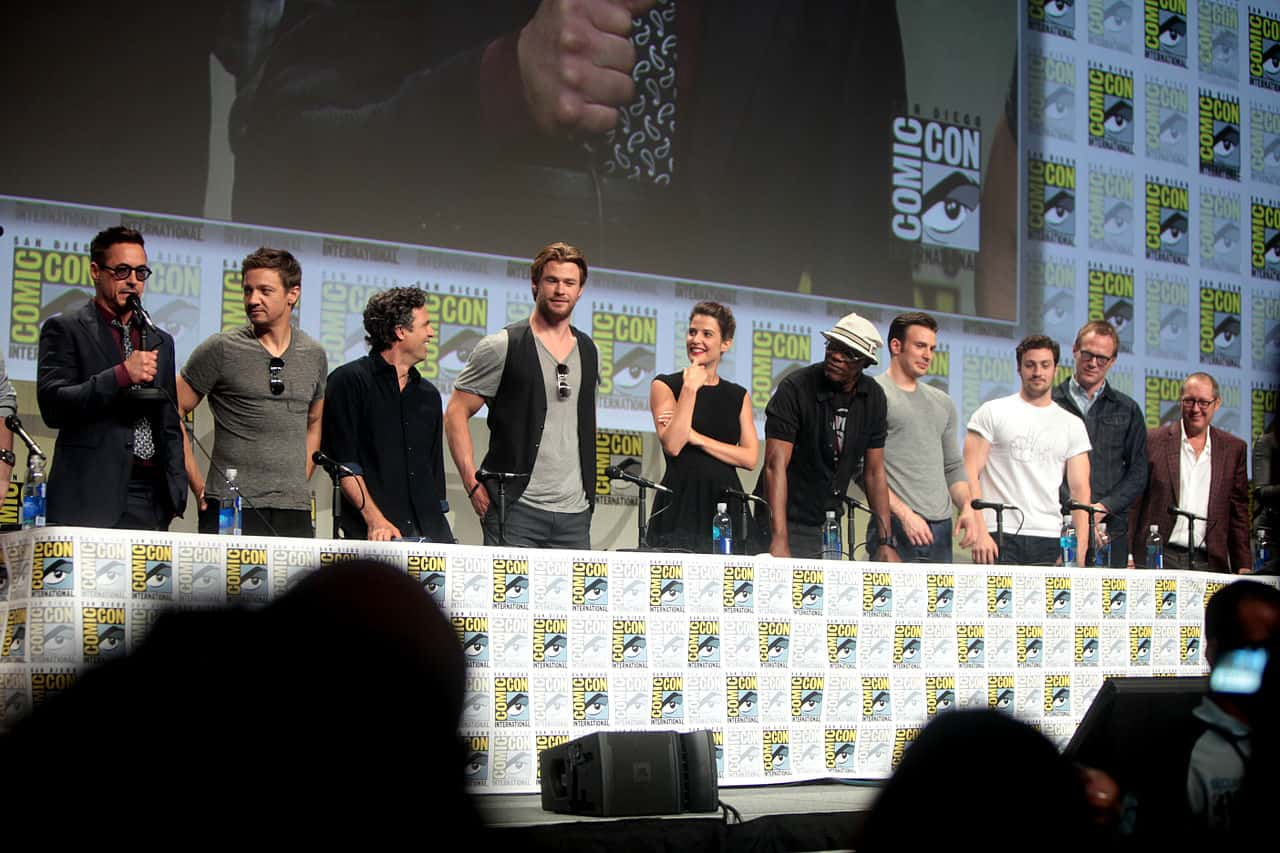 Wikimedia Commons, Gage Skidmore
Wikimedia Commons, Gage Skidmore
11. Thanks, Blum, Thanks a Frigging Lot!
This sudden need for the Brat Pack members to split up due to the negative attention left a really sour taste in their mouths. Judd Nelson bemoaned the fact that his group of friends suddenly couldn’t hang out together anymore without their managers protesting that it was damaging their careers. Ally Sheedy “had truly felt a part of something, and that guy" (Blum) "just blew it to pieces.”
10. A Quasi-Family
According to Melissa Gilbert, who was dating Rob Lowe during the Brat Pack years, being a member of the group was a very intimate experience. As Gilbert once reflected, “We went to each other’s birthday parties, premieres, everywhere.” Of course, this changed immensely once the well began to dry up, and the movies stopped being so successful, but it was good while it lasted.
9. Bueller the Brat?
One of the actors named by David Blum as a Brat Pack member in his original article was Matthew Broderick. There’s certainly a case for it; he starred in Wargames alongside Ally Sheedy, while Emilio Estevez’ brother, Charlie Sheen (another fringe Brat Pack member) appeared in Broderick’s most famous movie, Ferris Bueller’s Day Off. However, Broderick was absent from the main Brat Pack films like The Breakfast Club, St. Elmo's Fire, etc.
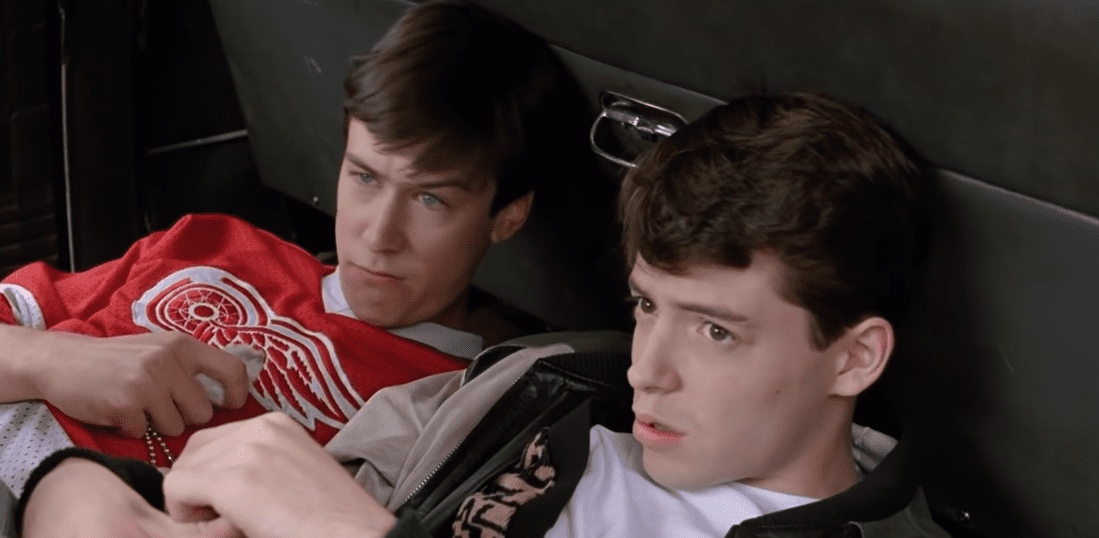 Ferris Bueller’s Day Off,Paramount Pictures
Ferris Bueller’s Day Off,Paramount Pictures
8. See You Guys Never
Ironically, the "Brat Pack" label’s existence was actually the very thing which began the group's end. In a strategy which can be called "damage control," the Brat Pack members were encouraged to specifically avoid working together.
7. Splitting Up
This sudden need to have some space was also reflected in the film choices of the Brat Pack members. Emilio Estevez, Judd Nelson, and Andrew McCarthy never appeared together in a film again after the article was published.
6. My Bad…
David Blum was interviewed for a 2010 book on the group. Reflecting on the negativity he inspired with his "Brat Pack" term, the furious responses by said Brat Pack members, and the damage it did to their reputations as earnest, talented actors, Blum expressed that he regretted ever coining the term.
5. I Also Predicted La La Land Would Win Best Picture!
When Joel Schumacher, the director of St. Elmo’s Fire, was asked which of the Brat Pack was “most likely to succeed,” he actually picked Ally Sheedy. Sadly, Sheedy struggled with the Brat Pack label, and her career went into a downturn after the 1980s. Her one-time friend Demi Moore ended up transitioning to the 1990s most successfully.
4. Don’t Do Drugs on Set
Demi Moore nearly lost out on her chance at being part of the Brat Pack while they were shooting St. Elmo’s Fire. Moore was going through issues with substance abuse behind the scenes, which prompted director Joel Schumacher to give her an ultimatum, saying he would kick her off the movie if she didn't kick her habit. According to Schumacher, he refused to just “give her the money to kill herself.” Moore managed to stay clean and finish the film, setting her up for success in the rest of her career.
3. Started Too Young
Anthony Michael Hall was the youngest of the Brat Pack, only 16 years old when The Breakfast Club cemented him in pop culture history. Safe to say that the fame would go to any teenager’s head, and Hall was no exception. According to Hall himself, he “was drinking vodka by the quart every day” when he was just 17! Makes us grateful that he managed to get things sorted out before it was too late.
 The Breakfast Club, Universal Pictures
The Breakfast Club, Universal Pictures
2. Where it All Started
The term "the Brat Pack" was coined in the spring of 1985. Emilio Estevez had just made a deal to write and act in That Was Then… This is Now. People were surprised at the deal because Estevez was quite young, so New York writer David Blum followed him around for a few days to write a story about the young actor’s success. One night, the two of them went to the theatre to see the new film Ladyhawke. Whether out of hubris or his own sense of humor, Estevez “politely asked for free admission” on the strength of his celebrity status. Blum gained his first impression of a brat with too much money and success.
 That Was Then... This Is Now, Paramount Pictures
That Was Then... This Is Now, Paramount Pictures
1. A Night to Remember
David Blum’s idea of the brat celebrity was strengthened later on when he sat in the Hard Rock Café with Emilio Estevez, Rob Lowe, and Judd Nelson. Blum bore witness to Lowe gleefully welcoming pretty girls to their table, Estevez taking all the attention in stride, while Nelson remained introverted and kept to himself. Blum proceeded to write his article on what he called the “Brat Pack,” borrowing the term from the famous Rat Pack. The only difference was these weren't glamorous crooners like Sinatra and Martin—these were a bunch of brats!


